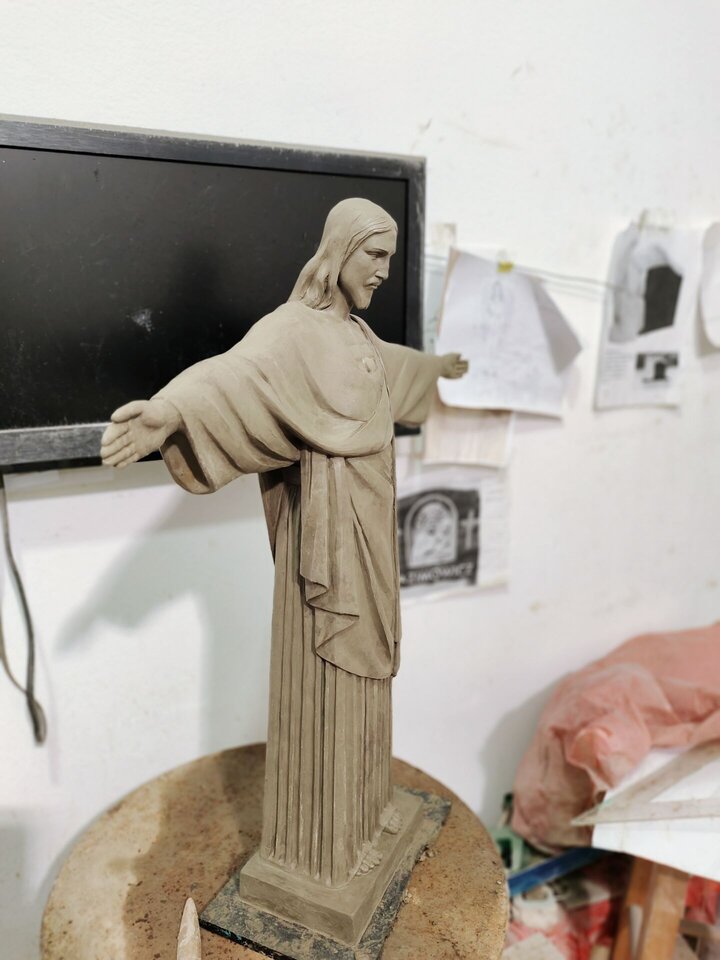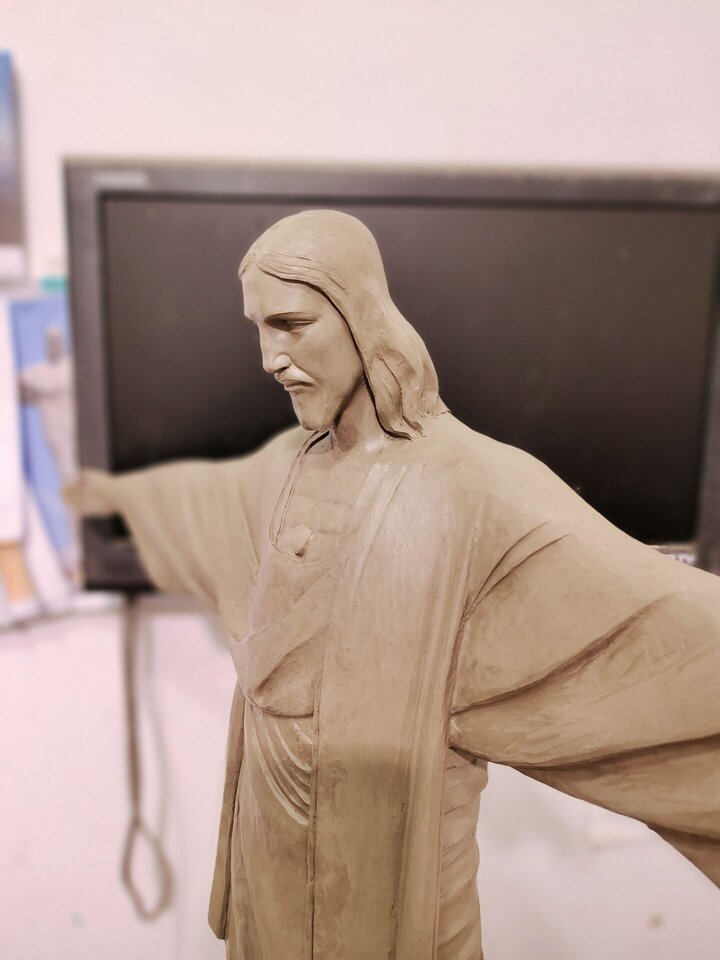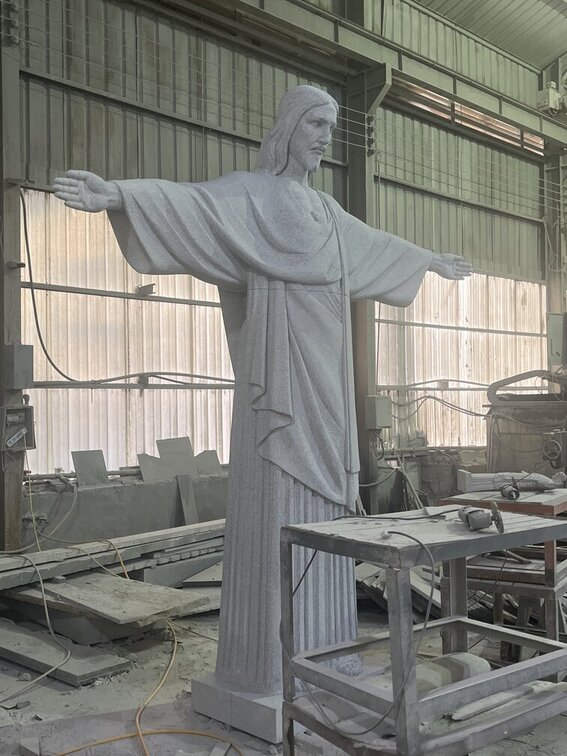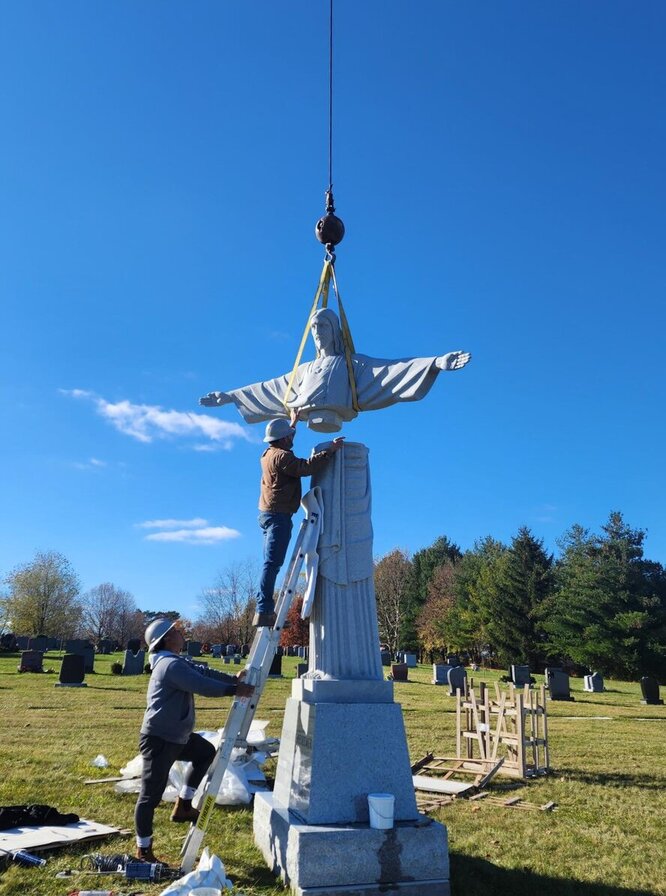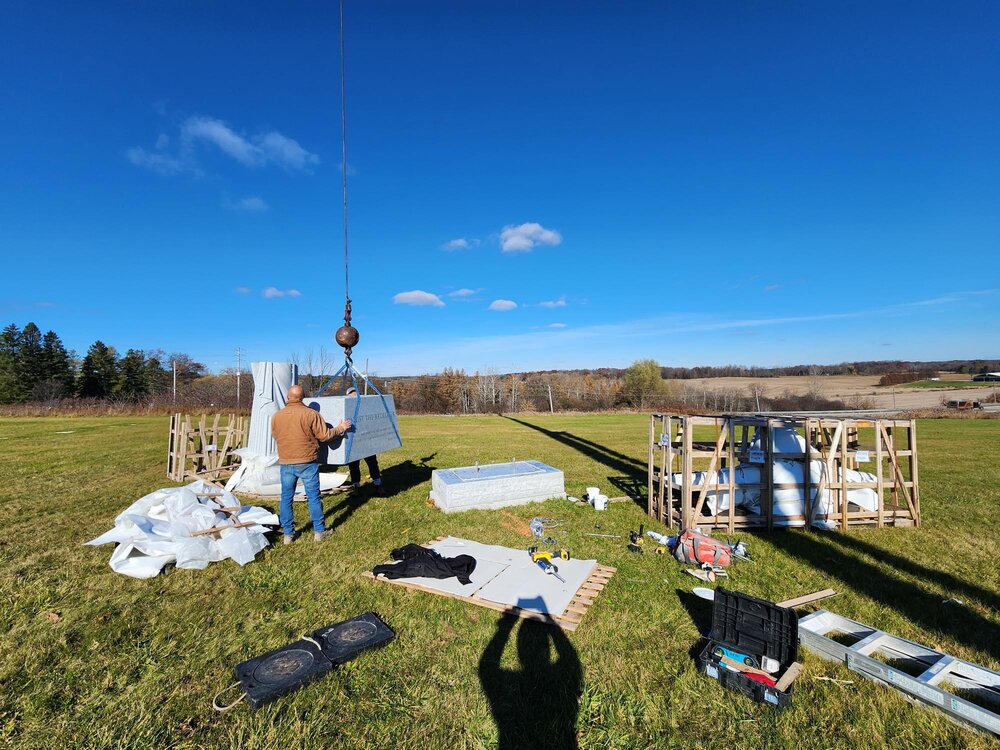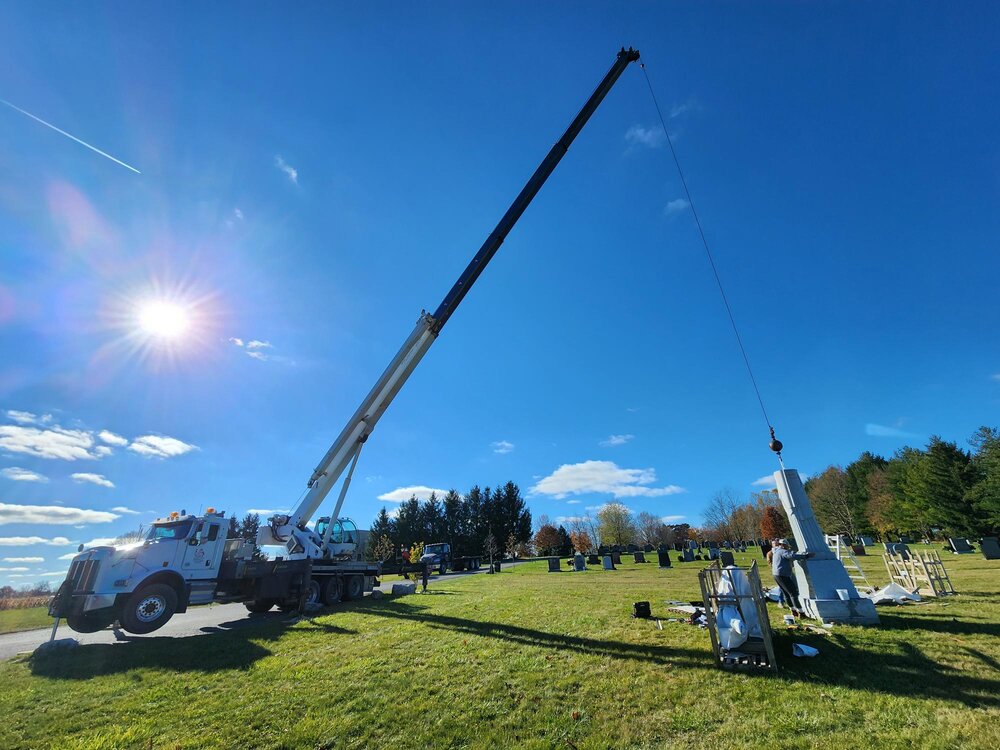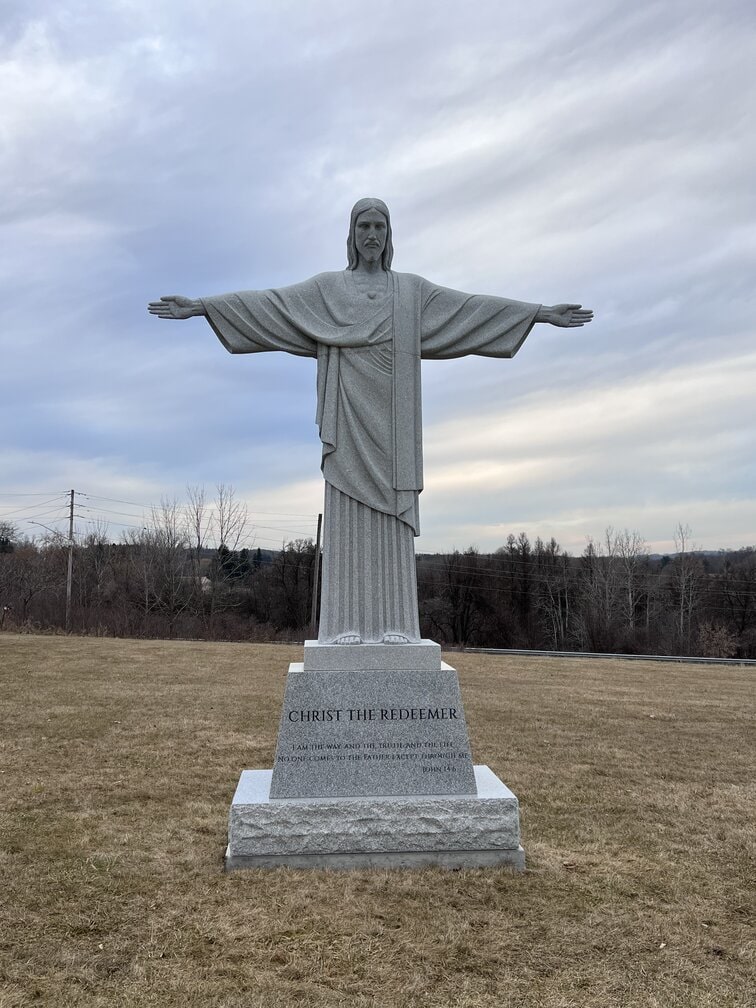Granite has been a defining feature in public architecture for generations: valued for its durability, natural beauty, and ability to bring lasting character to civic spaces.
From large-scale monuments to modern plazas, it’s a go-to material for architects, public artists, municipalities, and contractors looking for both performance and presence.
At HGH Granite, we’ve spent decades supplying, installing, and crafting premium granite features for public and commercial projects across North America. Whether you’re actively planning a civic space or gathering ideas for a future build, this blog explores five landmark projects where granite isn’t just there for structure: it tells the story. Let’s take a look…
1. The National Museum of the American Indian – Washington, D.C., USA
The National Museum of the American Indian, located in Washington D.C., never fails to draw gasps. The striking building is part of the Smithsonian Institution and uses granite in a way that’s sculptural and symbolic.
The flowing, organic forms of the building’s exterior are clad in Kasota limestone and complemented by Red Mountain granite, which features throughout the surrounding landscape. The same granite is used for pathways, seat walls, and water features that reflect Indigenous traditions and connection to the earth.
This project is a great example of public spaces that connect architecture with cultural storytelling. The granite elements bring a tactile, grounded contrast to the building’s organic forms and anchor the space with robust materiality.
Just as the museum honors the resilience, diversity, and deep-rooted histories of Indigenous peoples, the granite serves as a natural expression of that legacy. It’s solid, lasting, and intimately connected to the land.
2. Aga Khan Museum – Toronto, Canada
We love how the Aga Khan Museum in Toronto uses granite: an example of modern civic architecture done with restraint and intention.
It was designed by Pritzker Prize–winner Fumihiko Maki and is a calm, minimalist presence on the landscape, with granite playing a key role in that.
The forecourt features white granite from China, precision cut and installed to create a pristine, almost reflective surface that leads visitors into the space. This is paired beautifully with white Brazilian granite cladding on the building itself, which is subtle, high-spec, and refined.
What really stands out to us is how well the material choice supports the museum’s purpose. The Aga Khan Museum is all about showcasing Islamic art, culture, and heritage, and the clean lines, bright stone, and thoughtful use of space speak to that clarity and depth. The granite isn’t just a backdrop; it’s part of the storytelling. It reinforces ideas of permanence, legacy, and craft: all things we care about deeply in our own work too.
3. The Scottish Parliament Building (Edinburgh, Scotland)
The Scottish Parliament Building in Edinburgh, Scotland, is a brilliant example of how granite can bridge tradition and modernity. It’s got bold, sculptural cladding that really anchors the building to its surroundings. It’s also made from Kemnay granite, sourced from its neighbour, Aberdeenshire – one of the ‘homes of granite’.
This local connection matters. It’s more than just a design choice; it’s a nod to Scotland’s architectural heritage and natural landscape.
From our perspective, it’s a great reference point for any public body or architect wanting to ground a contemporary building in something authentic. The granite doesn’t just perform well in terms of durability, it plays a cultural role too. It adds texture, depth, and a sense of permanence that ties the whole site to its community and history. It’s exactly the kind of thoughtful material use we get excited about.
4. The United Nations Headquarters Plaza (New York City, USA)
Granite has a real presence at the United Nations Headquarters Plaza in New York, and not just as a design feature – but as a statement of strength and unity.
The landscaping is expansive and formal, with sleek granite paving, benches, and bases for sculptures all working together to create a calm, ordered public space that really reflects the purpose of the UN itself.
From our point of view, it’s a great example of granite doing what it does best in high-traffic, high-profile settings. It’s incredibly hard-wearing, low-maintenance, and it brings that clean, modern finish that public institutions are often looking for.
Whether you’re designing a civic plaza, government space, or a global HQ like this one, granite gives you the durability you need, without compromising on design impact.
5. The Louvre Pyramid Base (Paris, France)
While the glass pyramid at the Louvre usually gets all the attention, we think the real unsung hero is the grey and black granite base it rests on!
That crisp, geometric platform doesn’t just support the structure physically, it anchors it visually. The contrast between the heavy, grounded granite and the lightness of the glass creates a dialogue between old and new, solid and transparent.
For architects and contractors, it’s a great reminder that granite can play a modern role in contemporary design. It brings the structural integrity you need for bold architectural statements, but also elevates the material palette with depth, tone, and texture. It’s subtle, sure, but without it, the whole design would feel unbalanced.
Sometimes, granite’s greatest strength is the way it holds everything else together!
And a HGH Standout Architecture Project: Trillium Park
Trillium Park is a public park on Toronto’s waterfront. It was previously a parking lot, but we had the privilege of being part of the project to turn the area into a modern “urban forest”.
The design for the park was inspired by the Ontario landscape itself, in consultation with people from across Ontario, including the Mississaugas of the Credit First Nation.
We worked alongside Aldershot Landscape Contractors and UCC Group Inc. and were tasked with sourcing the granite for The Ravine with Moccasin Identifier, and the Bluff – whose natural rocks and boulders create an atmospheric communal seating area.
We quarried all of the granite in Northern Ontario. The Bluff wall, which faces Lake Ontario, was built off-site at the quarry to the specifications of the client then dismantled and rebuilt on site – while the engraved designs on the granite Ravine walls were sandblasted in sections at HGH, prior to delivery and installation.
Trillium Park has since been awarded with the Canadian Society of Landscape Architects (CSLA) National Award of Excellence.
We couldn’t be more proud of this one!
Why Granite Is a Go-To Material for Public Architecture Projects
All of these examples show that whether you’re designing a commemorative sculpture, a high-traffic civic space, or a landmark building, granite brings a unique set of benefits that supports both creative and practical goals:
- Proven Durability: Resistant to weathering, erosion, and wear—ideal for long-term public exposure.
- Aesthetic Flexibility: Available in a wide range of colors, grains, and finishes to match your design vision.
- Low Maintenance: Requires minimal upkeep—reducing lifecycle costs for municipalities and facility managers.
- Sustainability: A natural material with a long lifespan, reducing the need for replacements or extensive repairs.
- Performance Under Pressure: One of the hardest natural stones, ideal for load-bearing or high-footfall applications.
Conclusion: Granite Is of the Past and Built for the Future
From ancient obelisks and Roman aqueducts to some of the most iconic public spaces in today’s world, granite has always been a material that tells stories and stands the test of time. And its strength, beauty, and versatility make it the backbone of civic design.
At HGH Granite, we’re proud to be part of that legacy. We combine time-honoured material with expert craftsmanship, precision fabrication, and a deep understanding of modern architectural needs, helping our clients bring meaningful public spaces to life.
We’ve had the privilege of supplying and fabricating granite for a wide range of landmark projects, including:
- City centre revitalizations
- Public plazas and squares, like the work we carried out for the Four Seasons Hotel, in Toronto, pictured above.
- Memorials and monuments
- Art installations and sculptures
- Government and institutional buildings
If your next project calls for a material that performs, tells a story, and lasts for generations, granite delivers. And we’re here to help you make it extraordinary.
Planning a Project That Calls for Granite?
Whether you’re at concept stage or ready to specify, HGH Granite is your partner for dependable materials, expert guidance, and precision fabrication.
Get in touch today to explore how we can support your next landmark project.
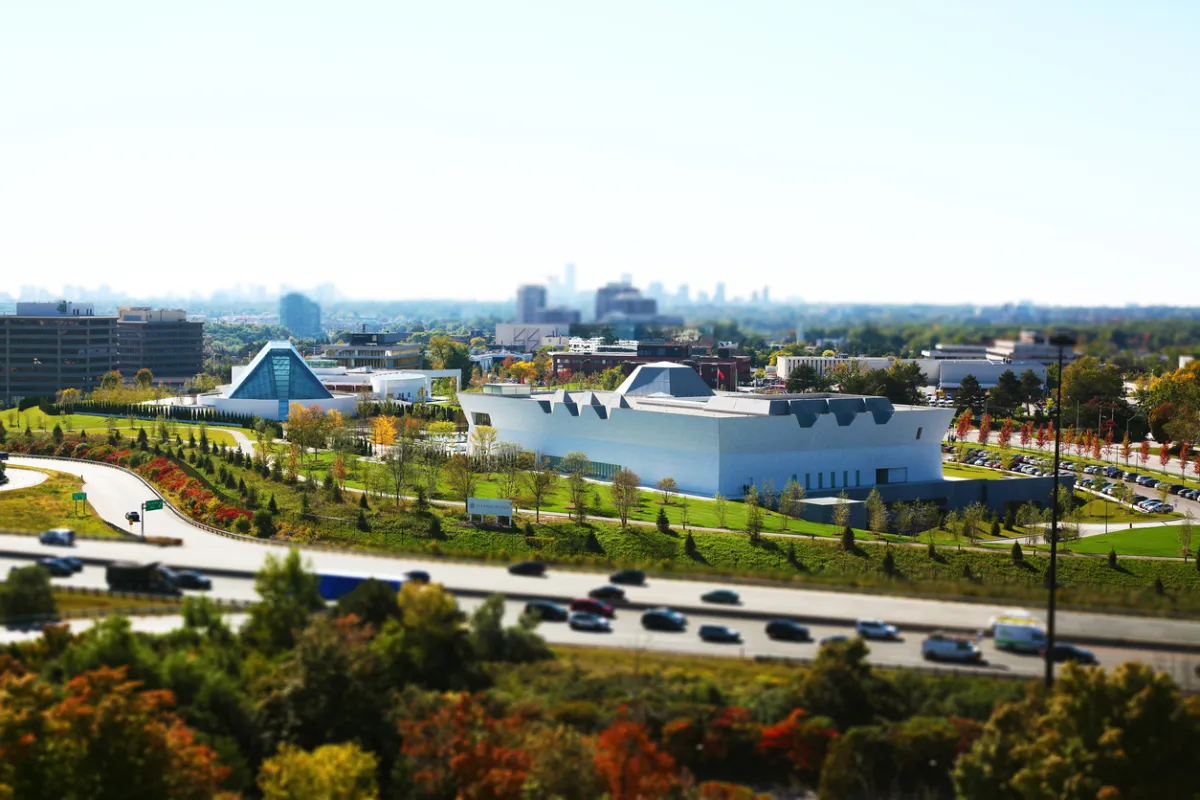

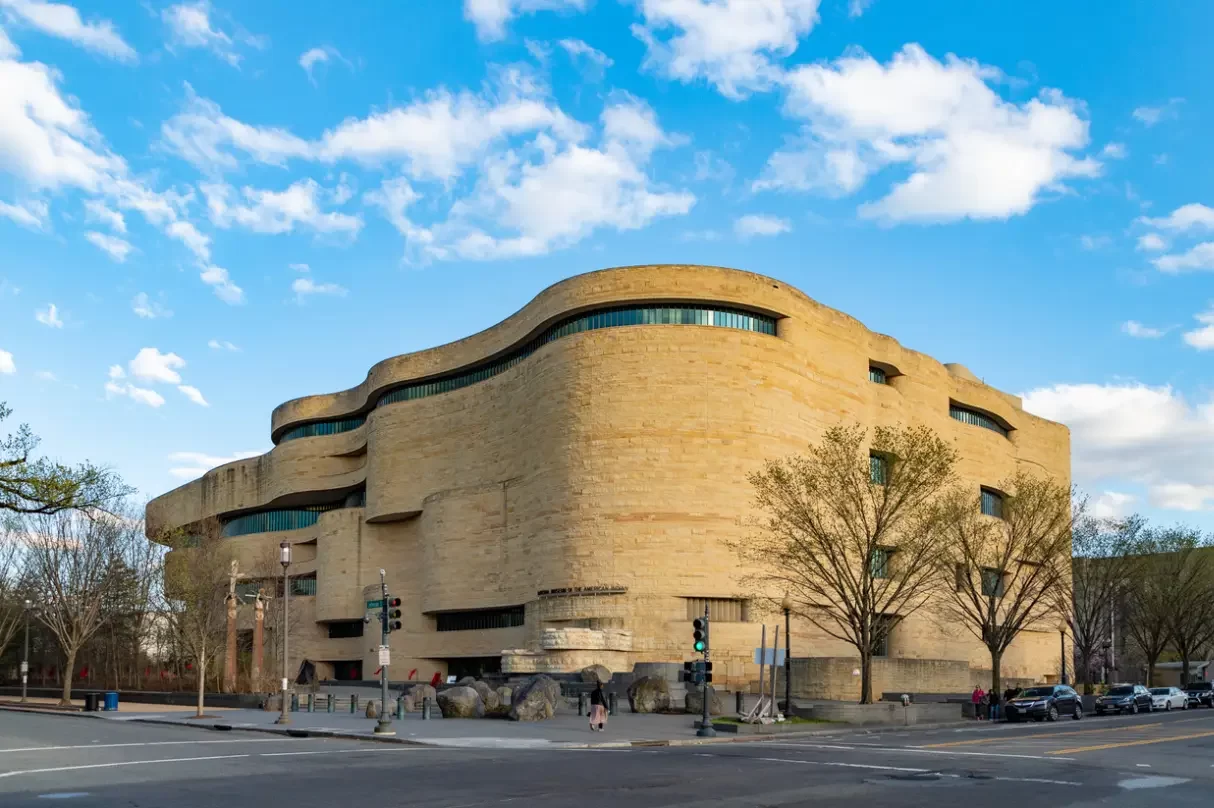

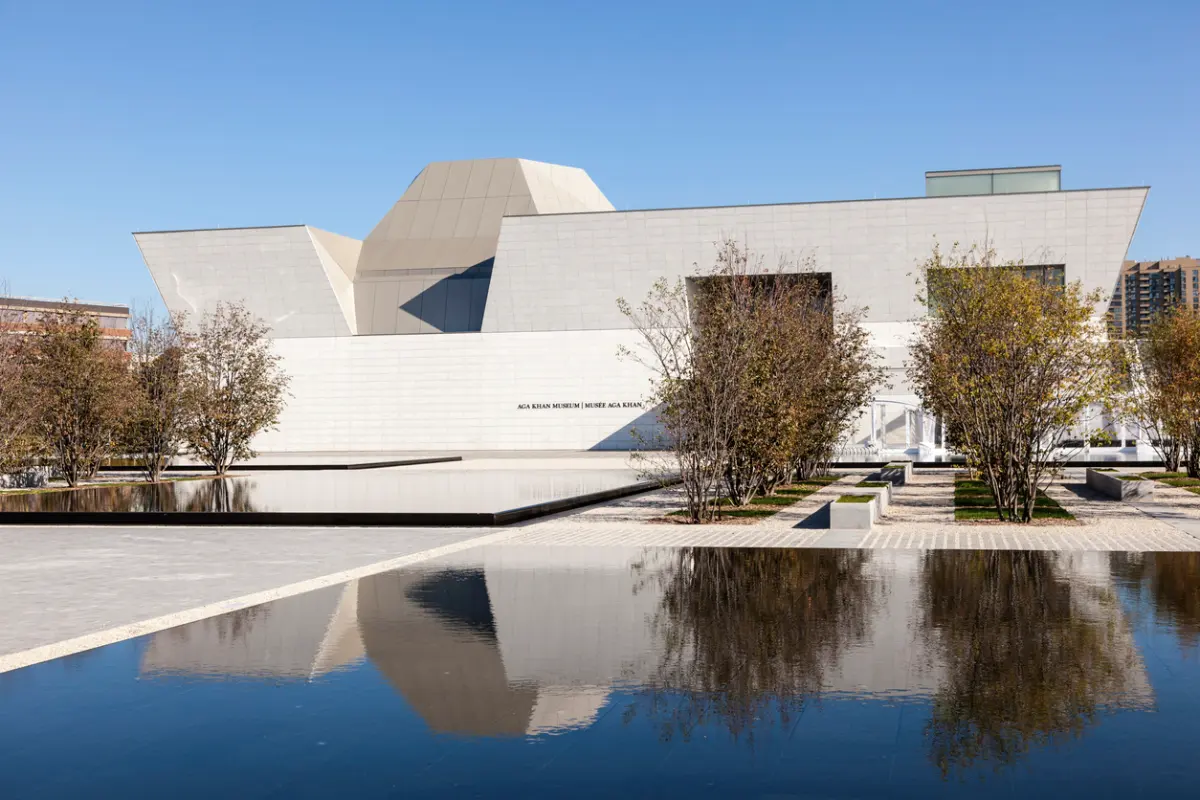
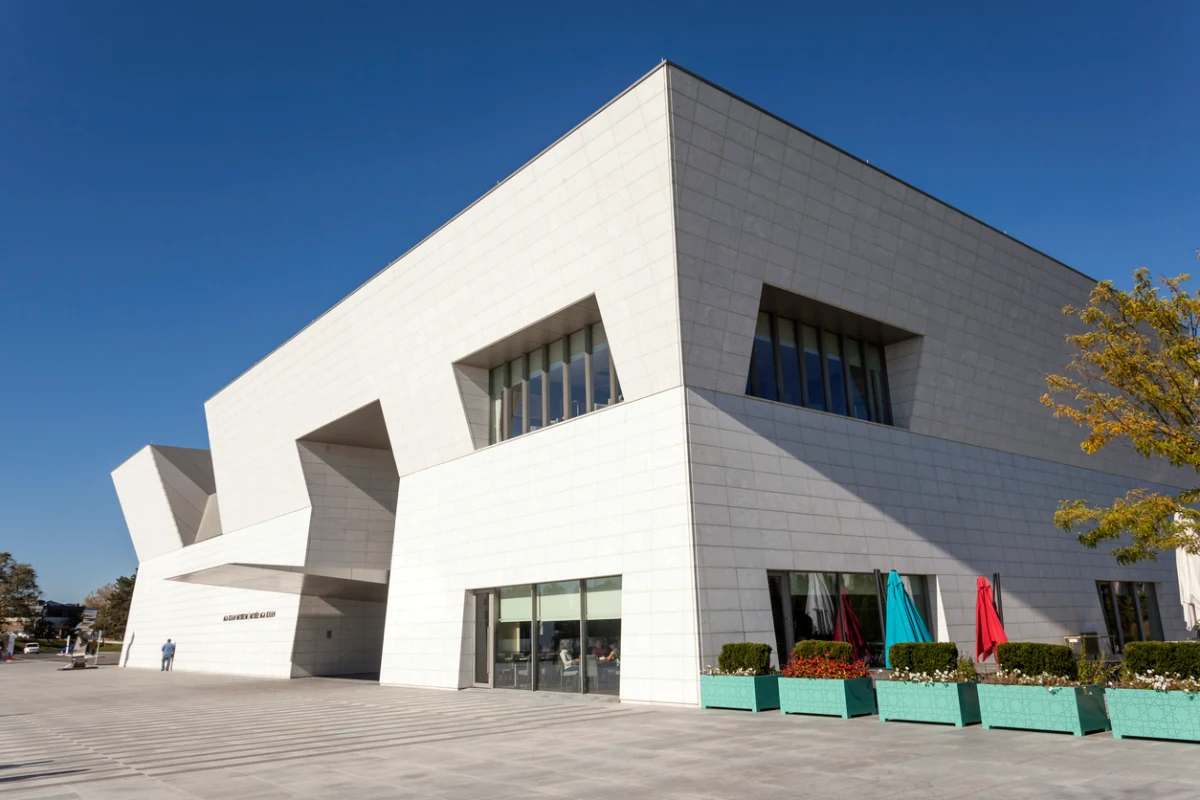
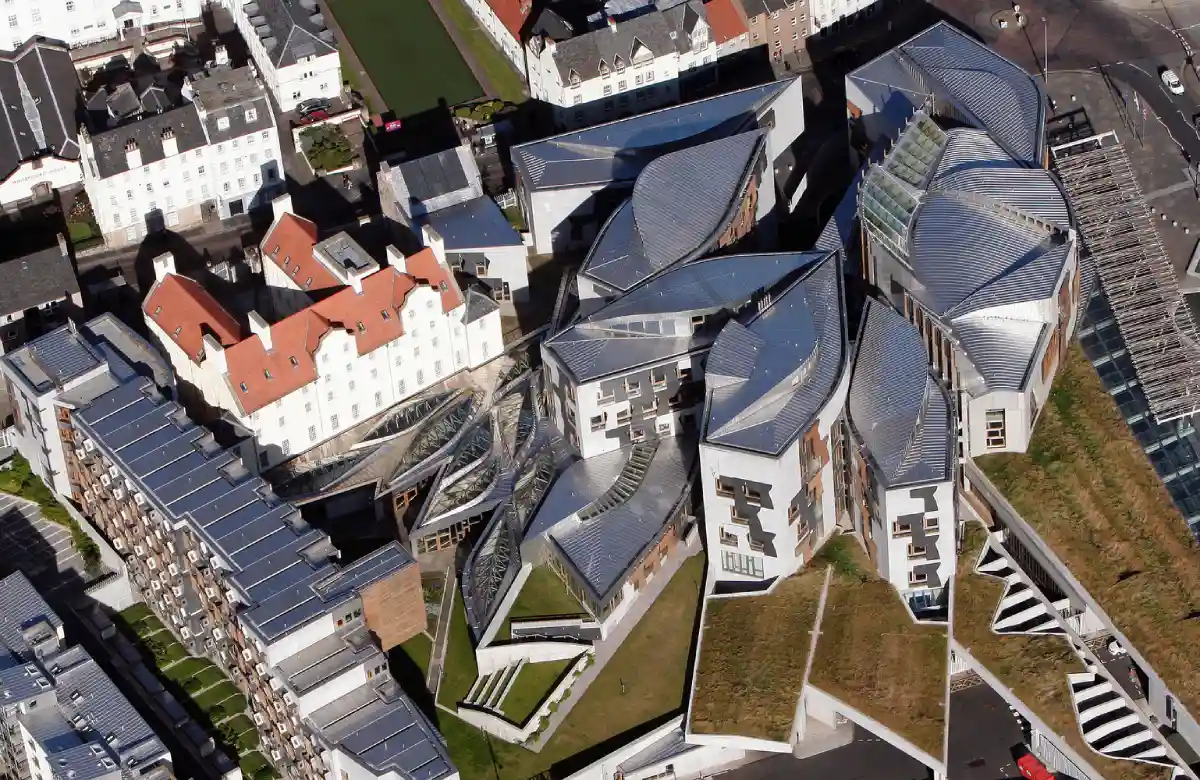



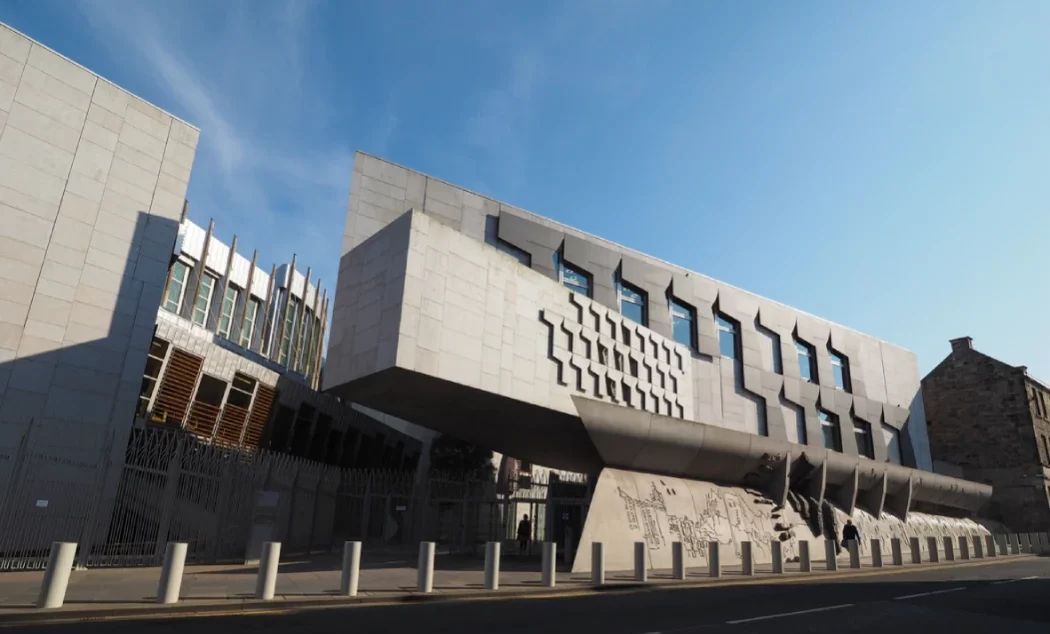

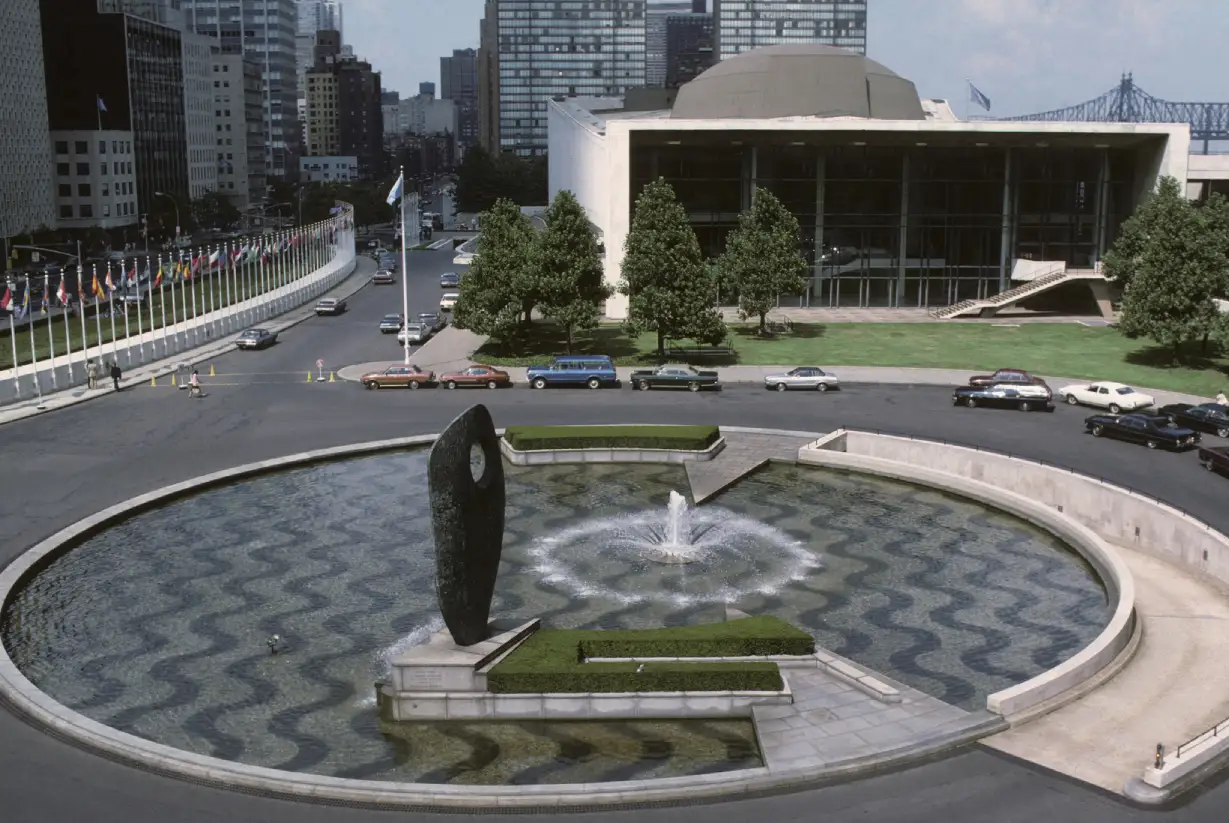

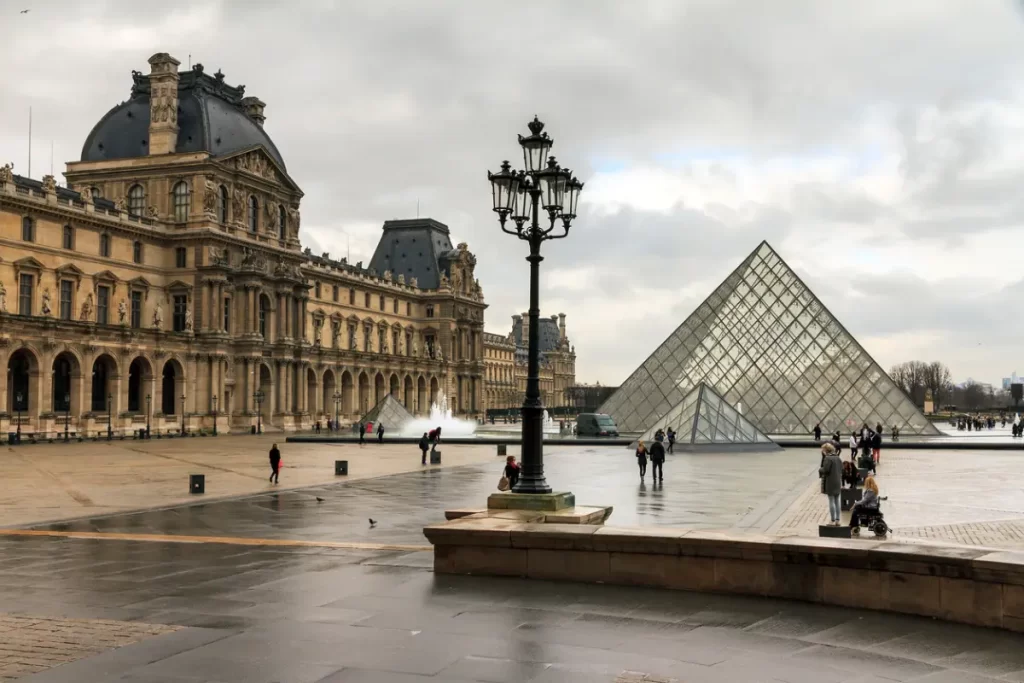
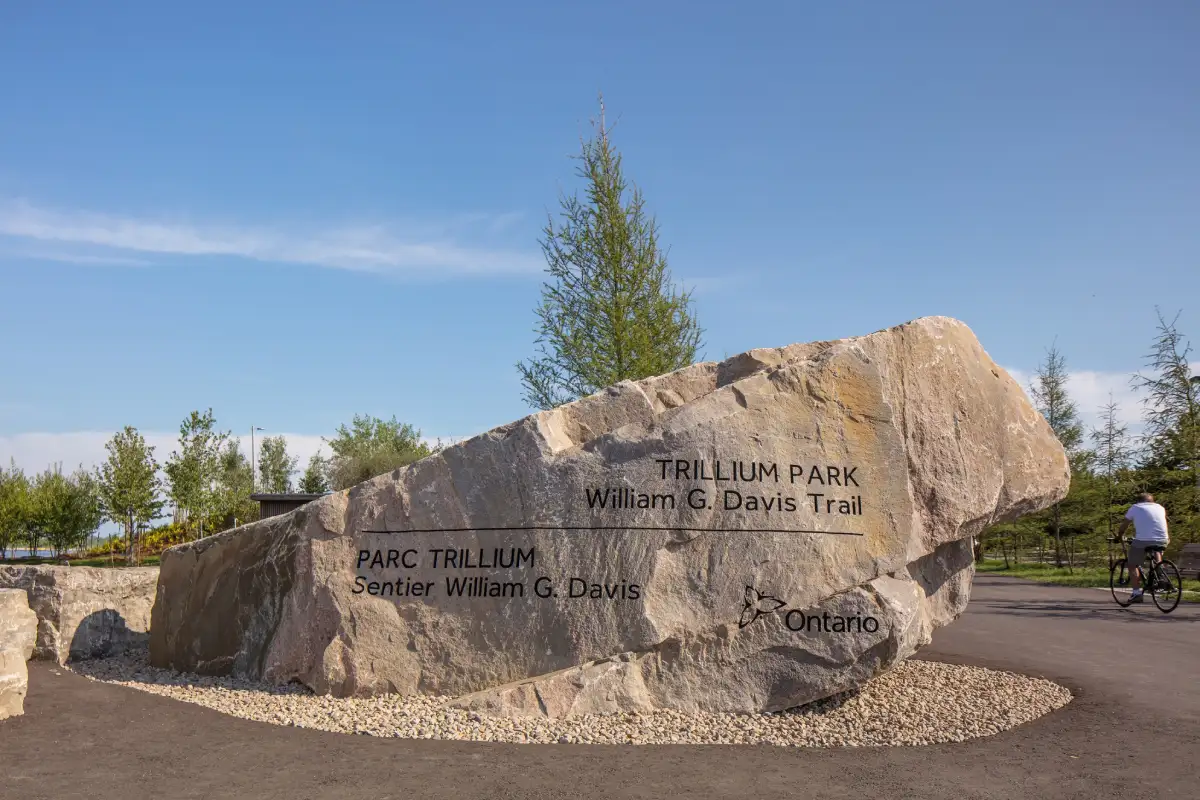
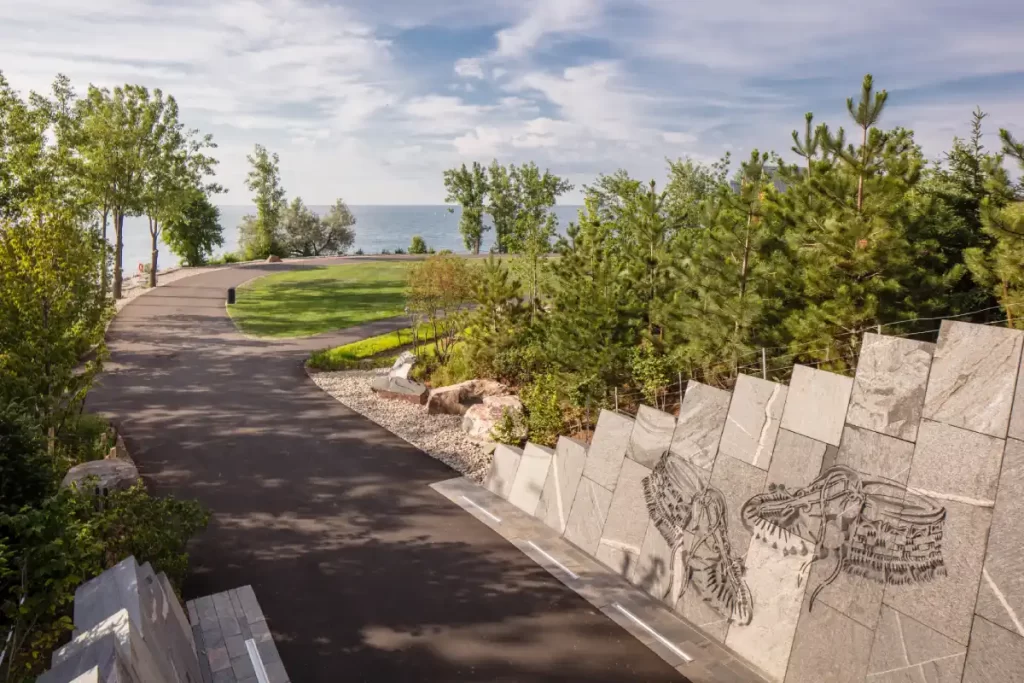
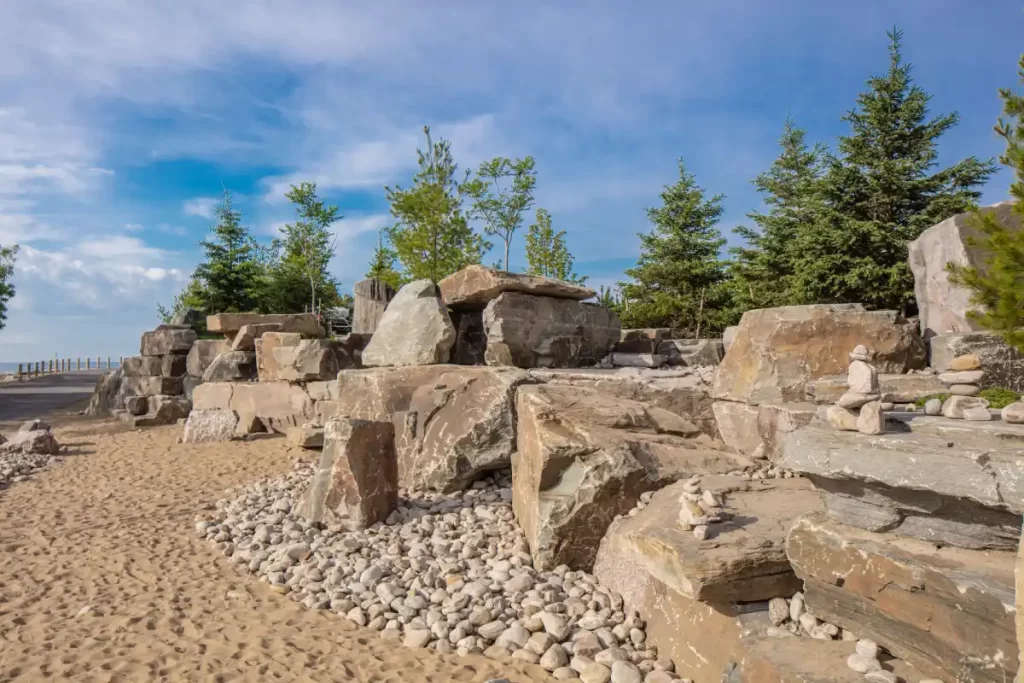
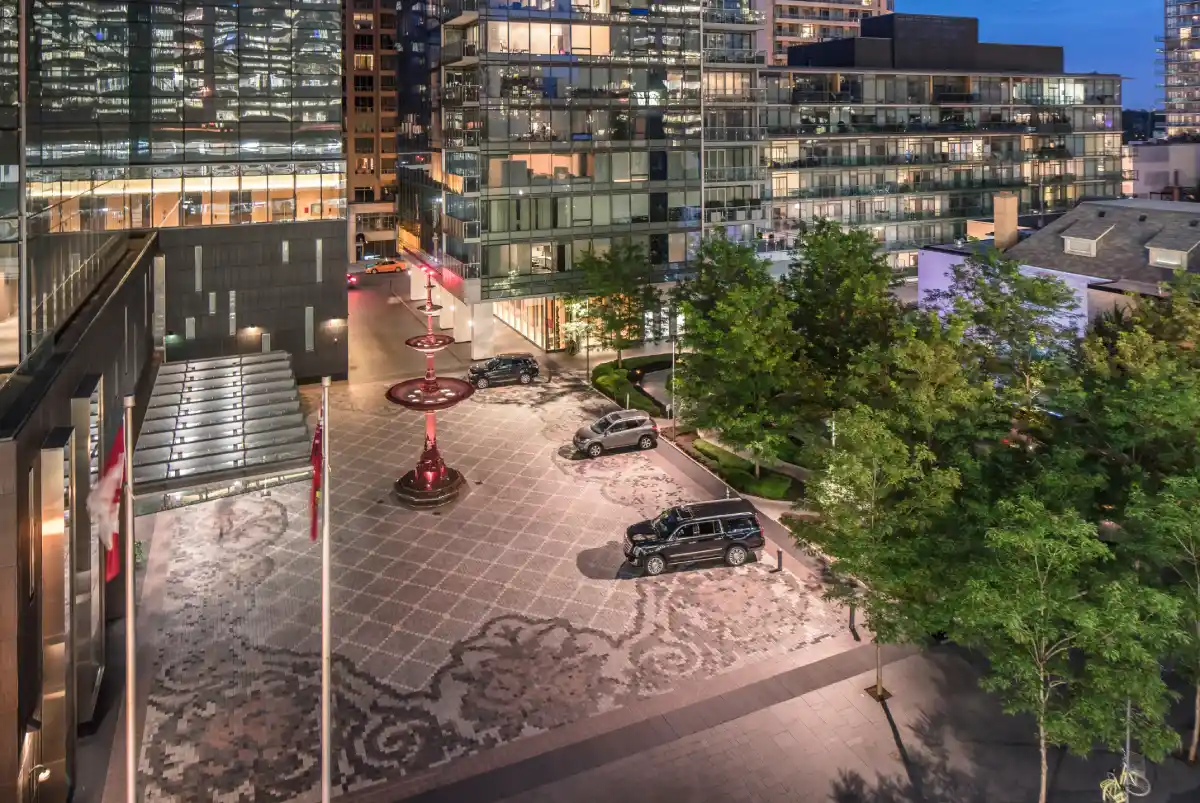

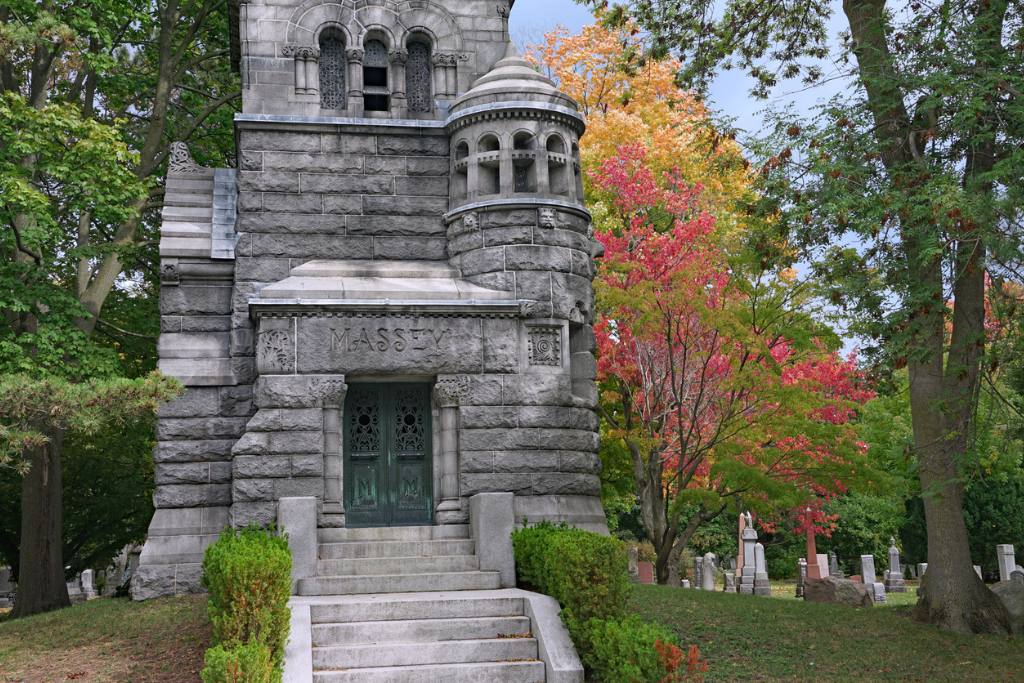
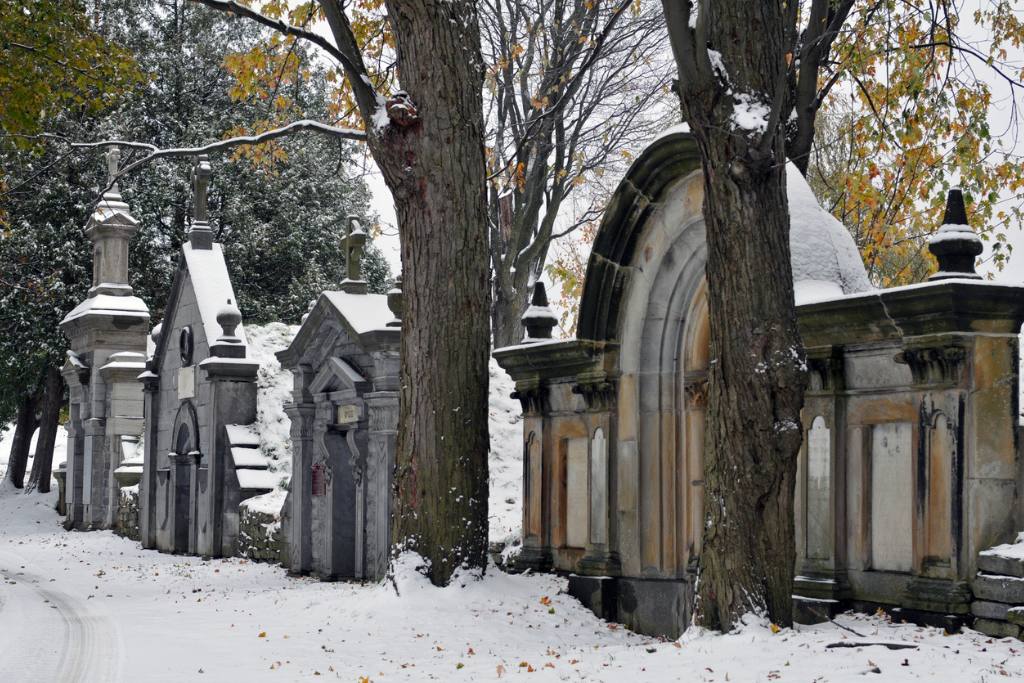
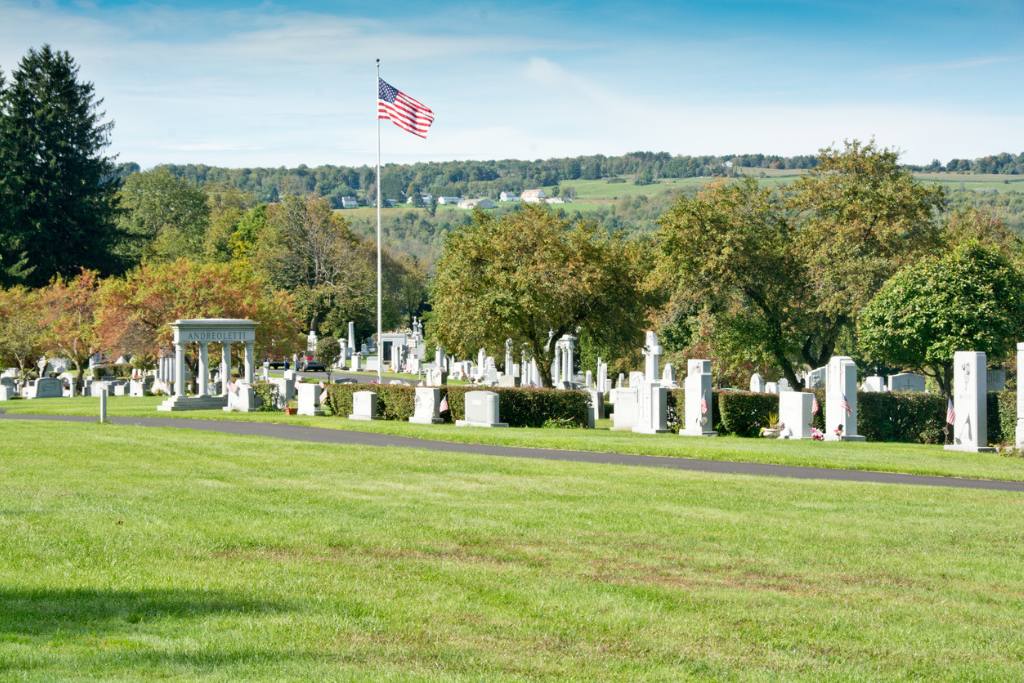

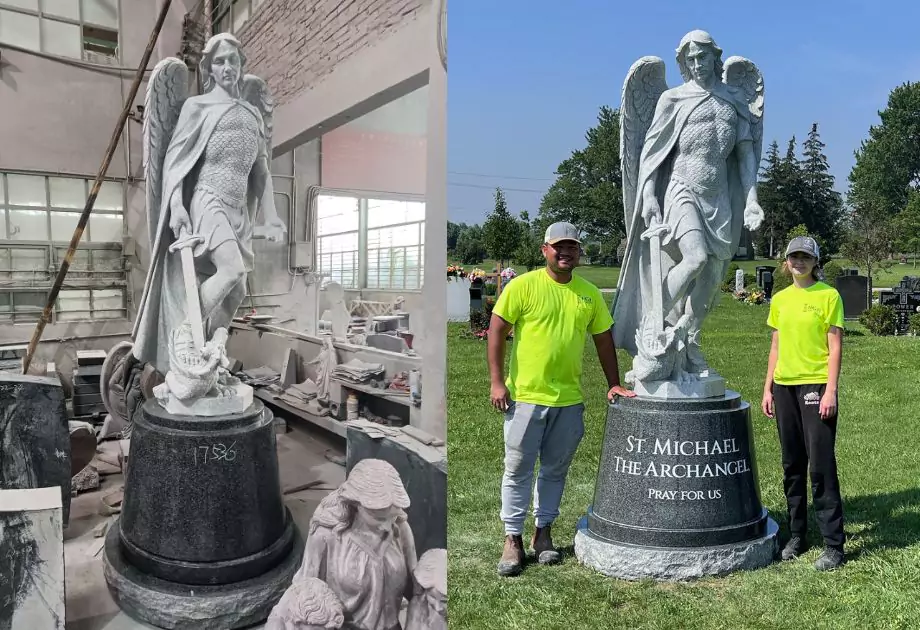
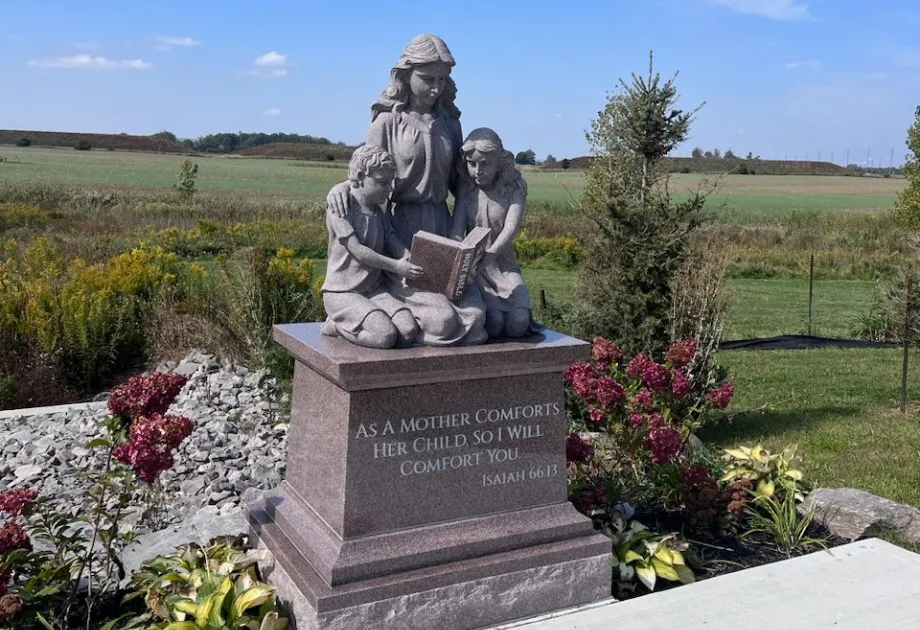
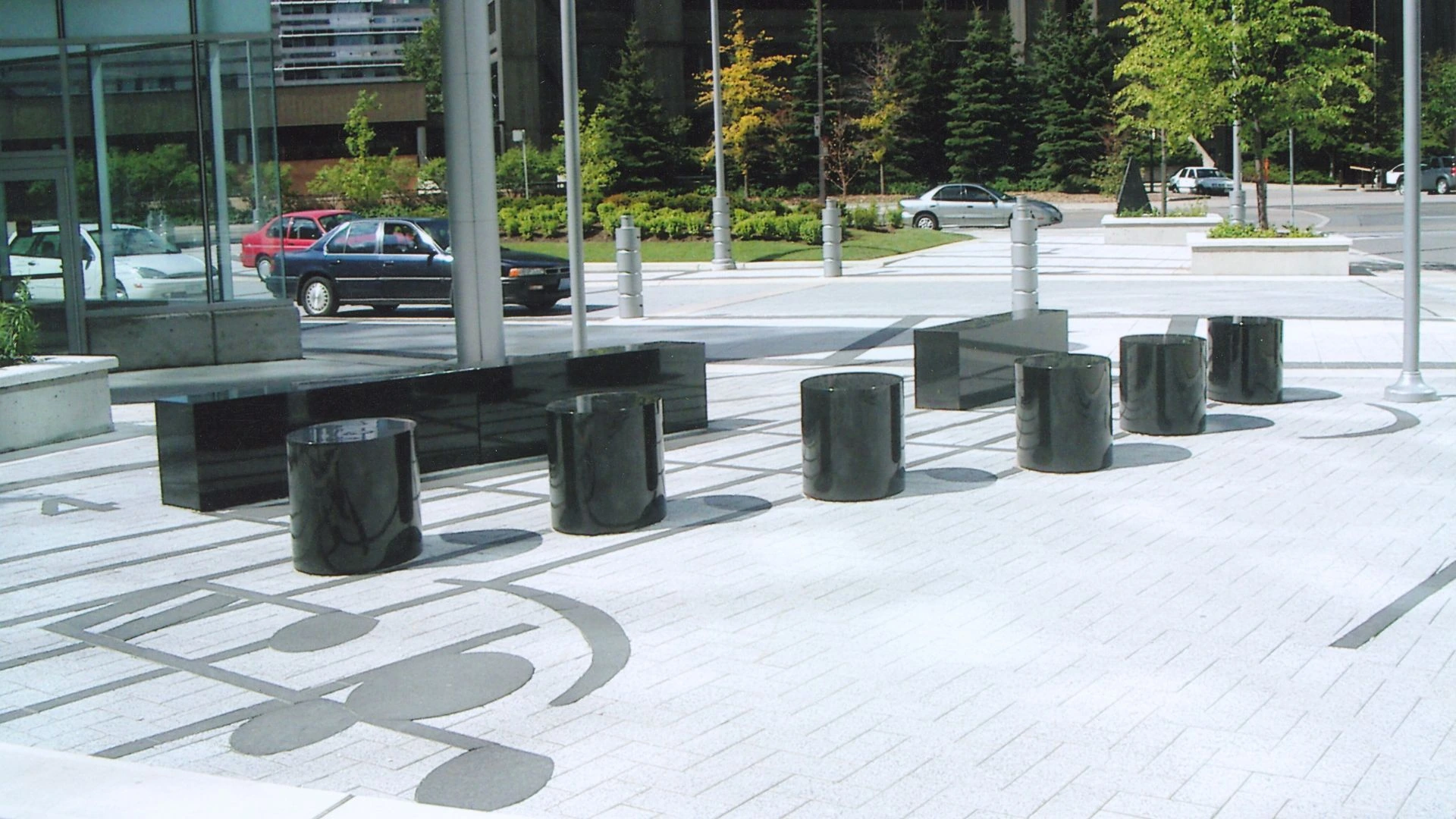
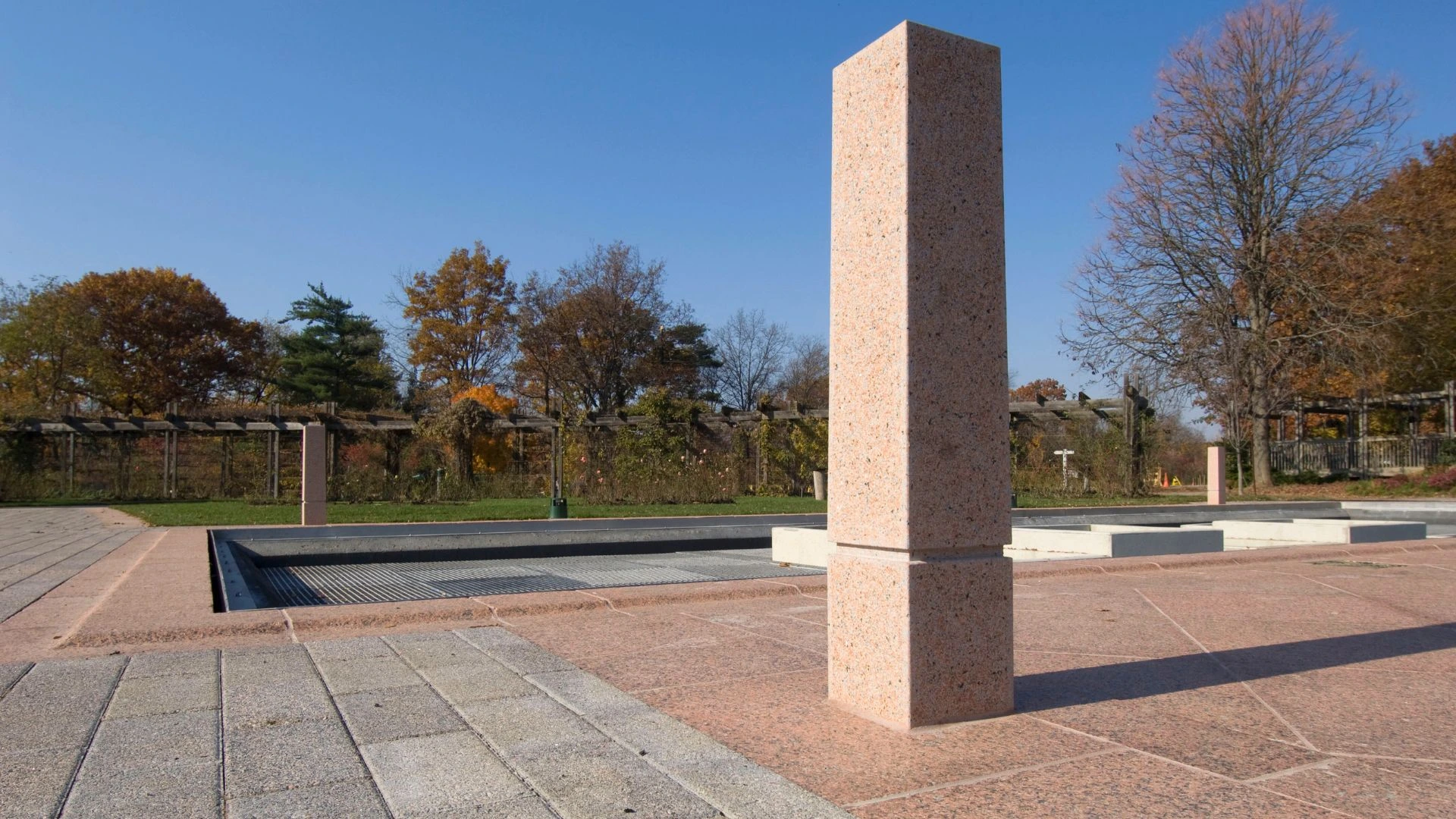





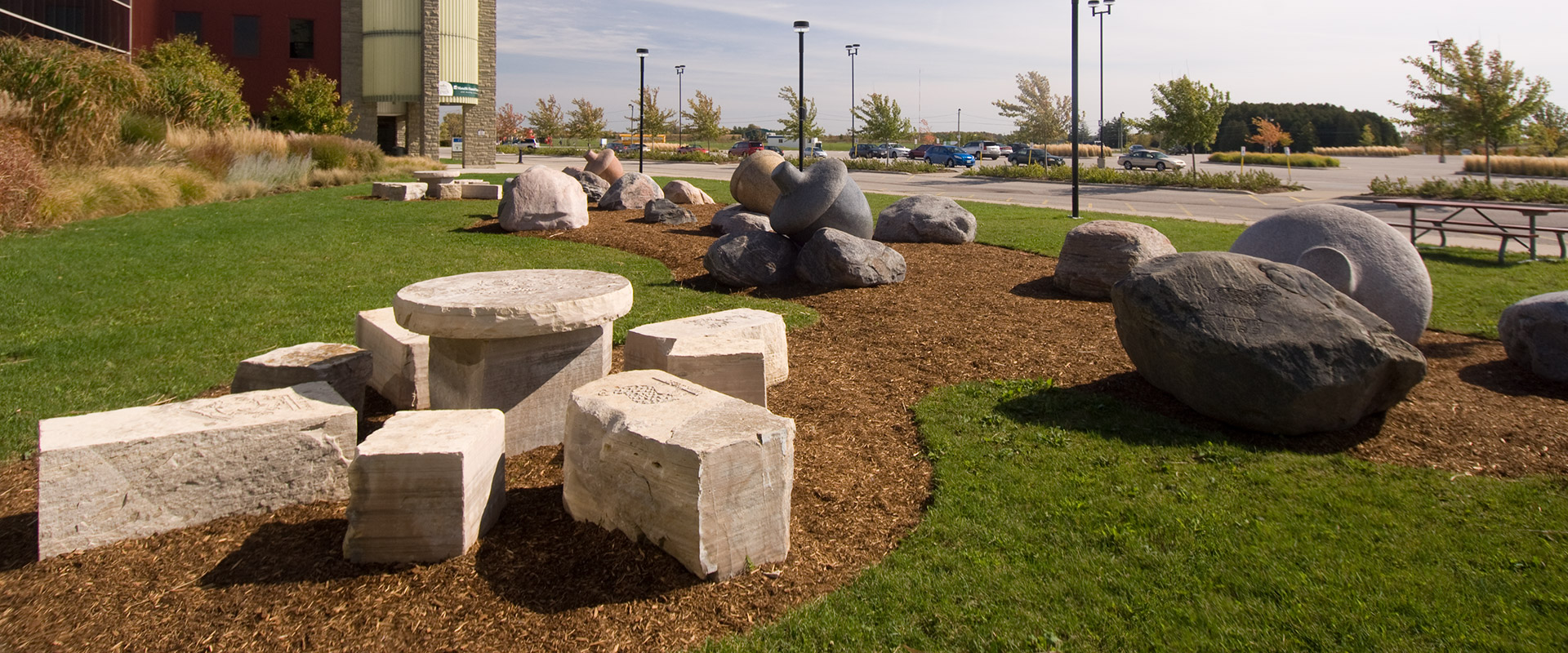
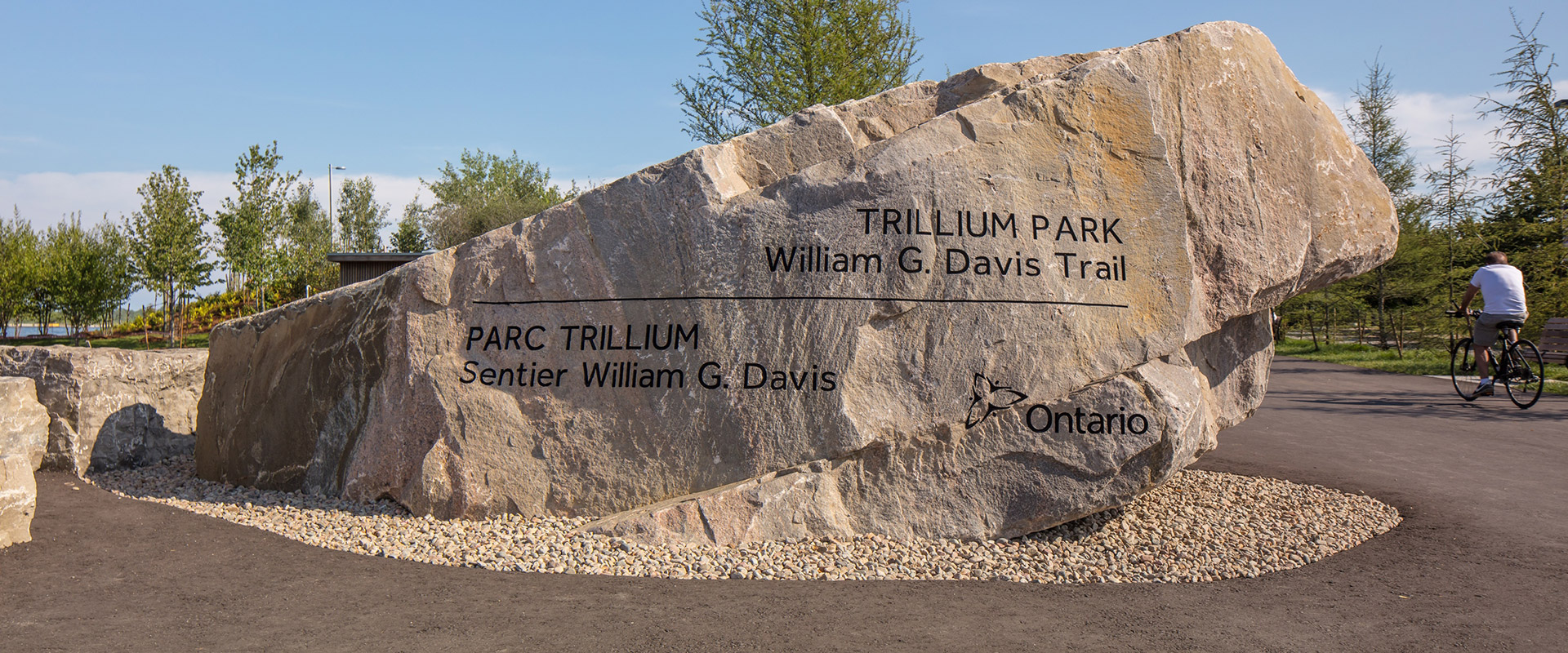
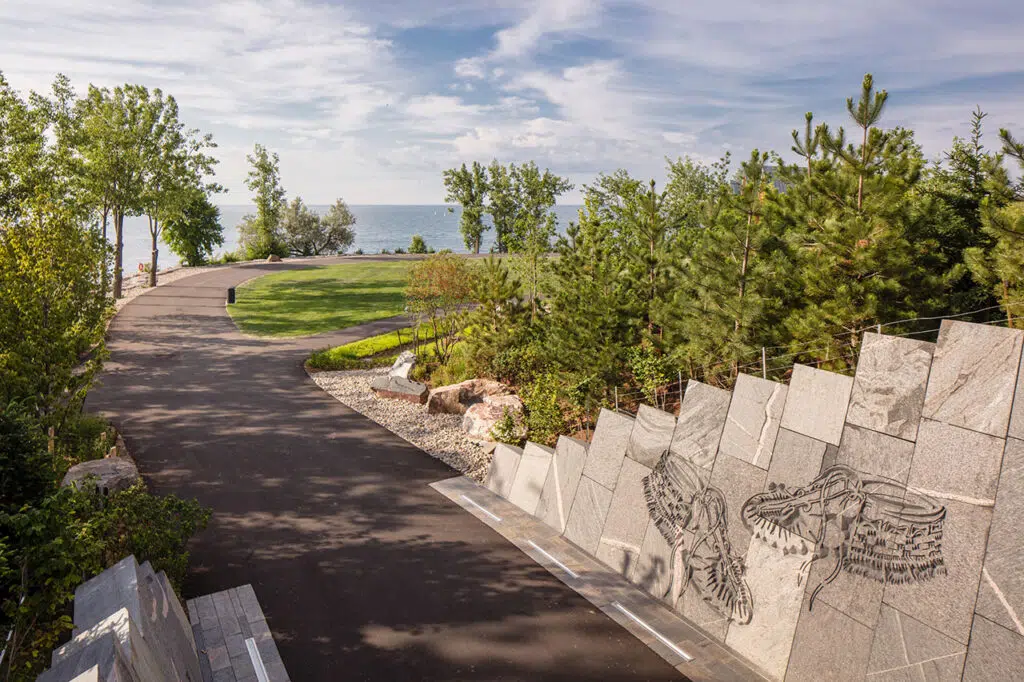
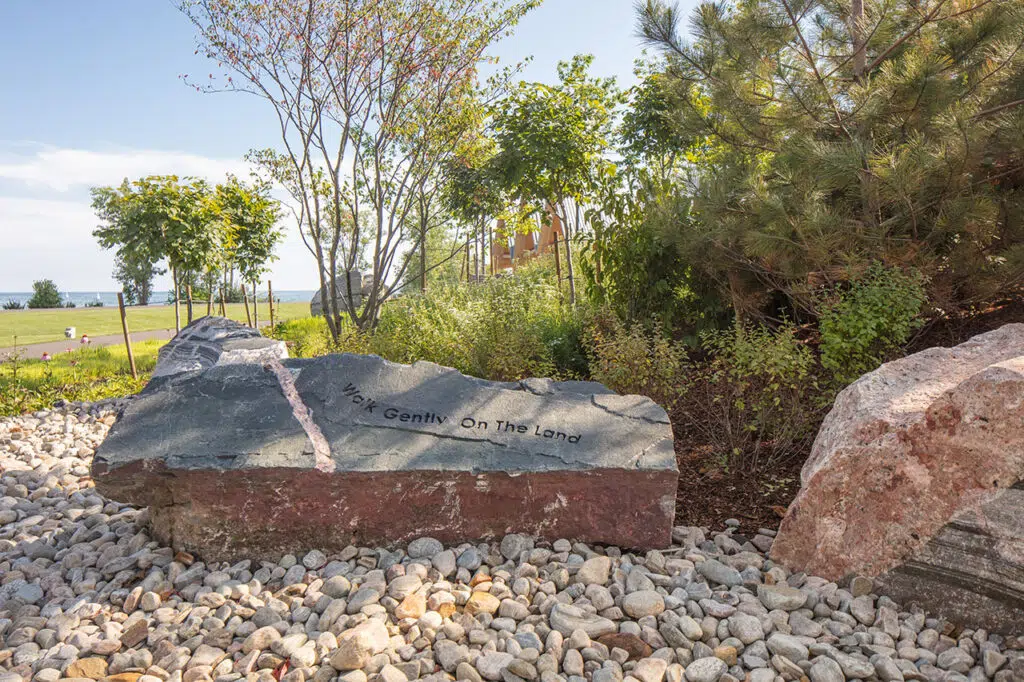
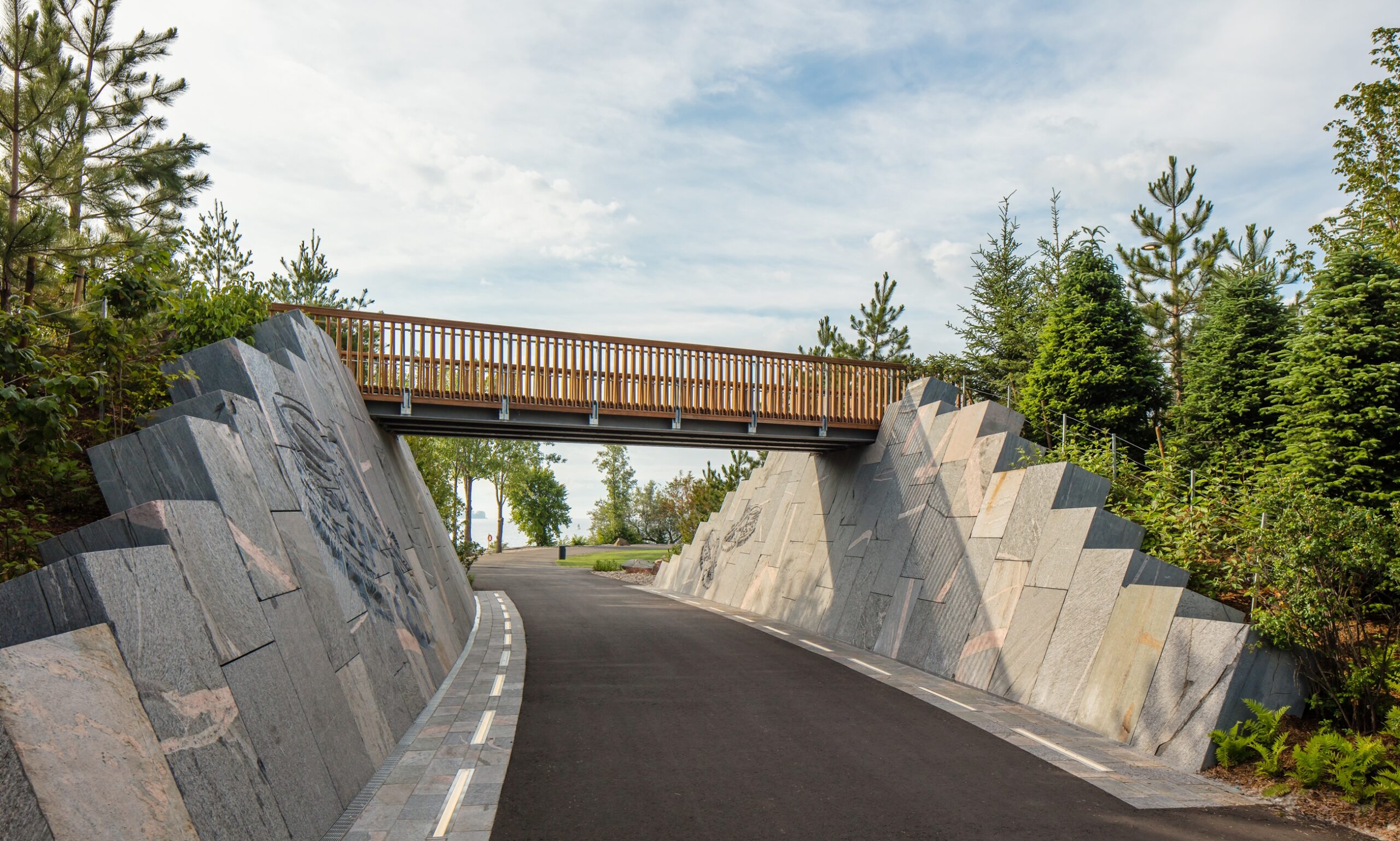
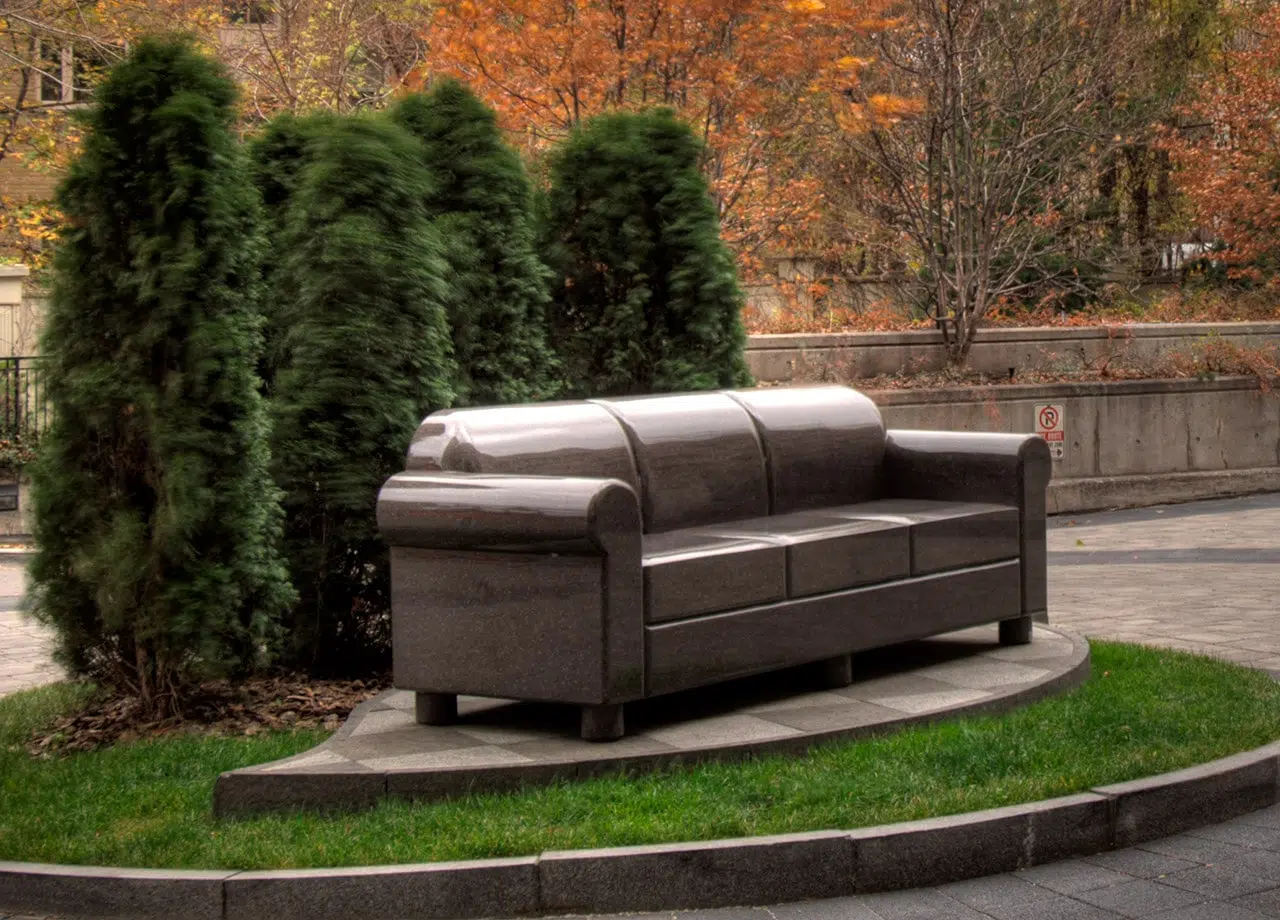
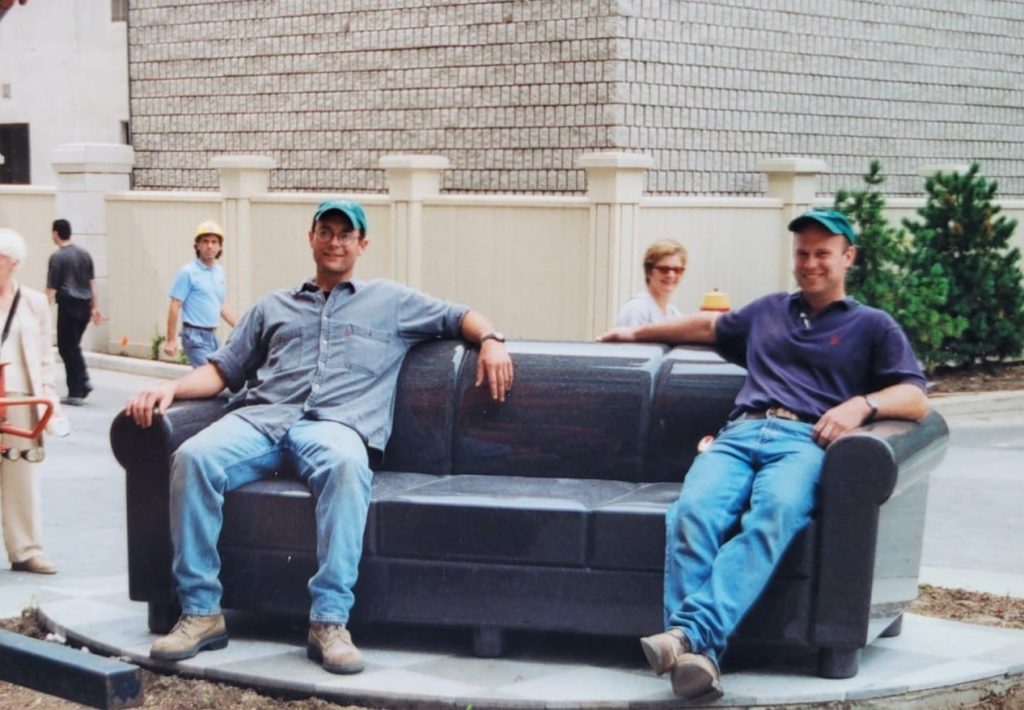

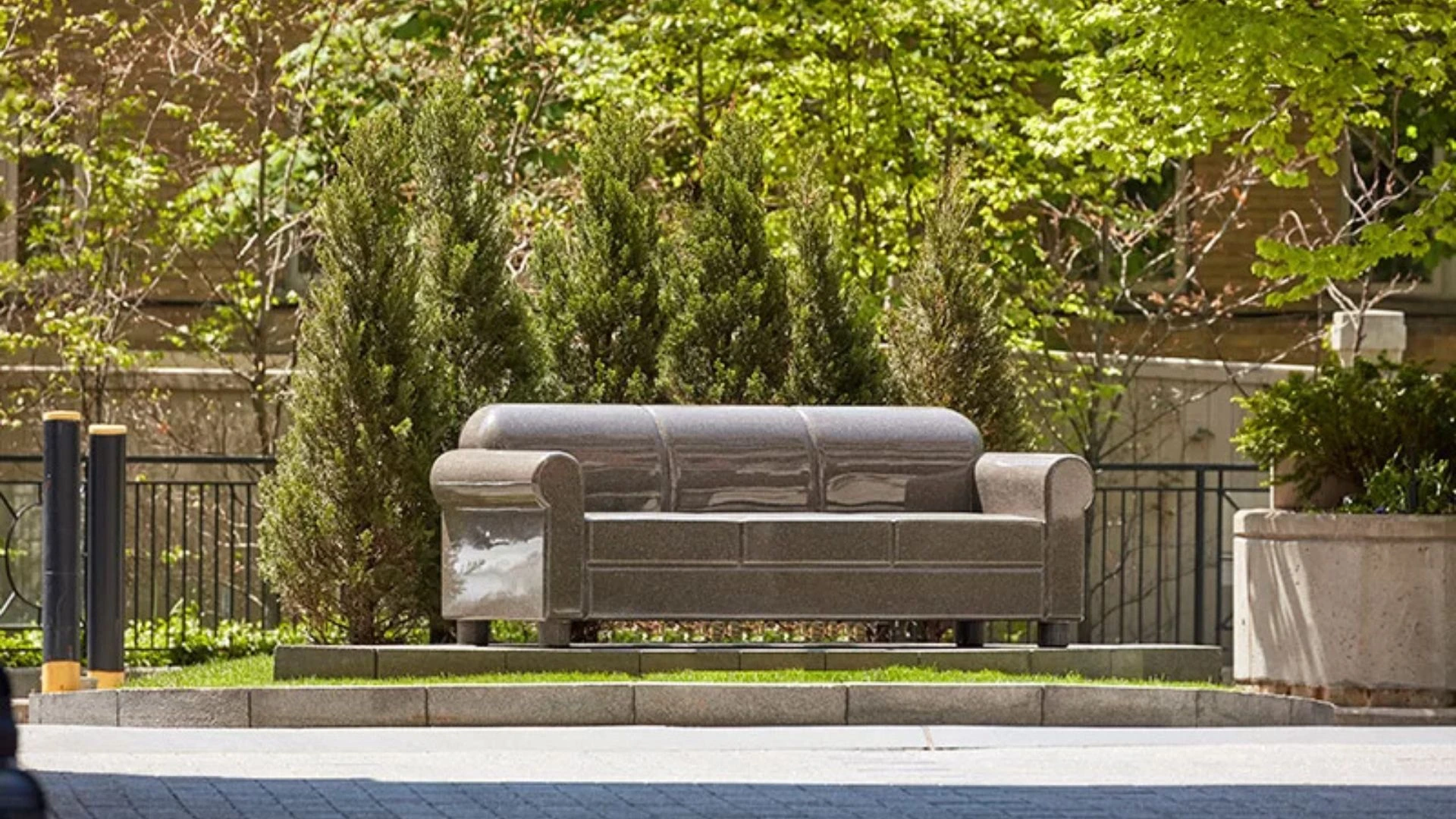
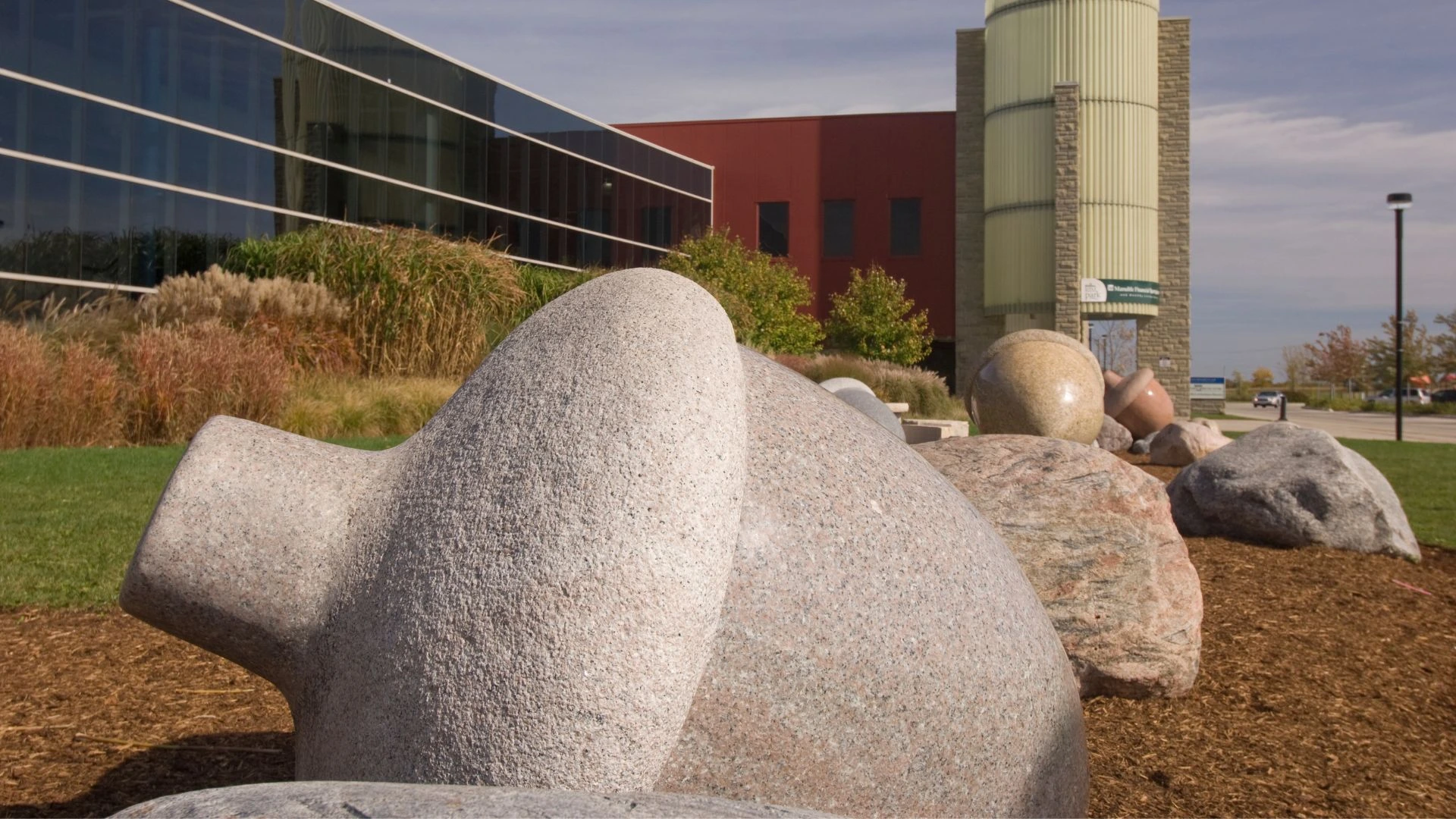
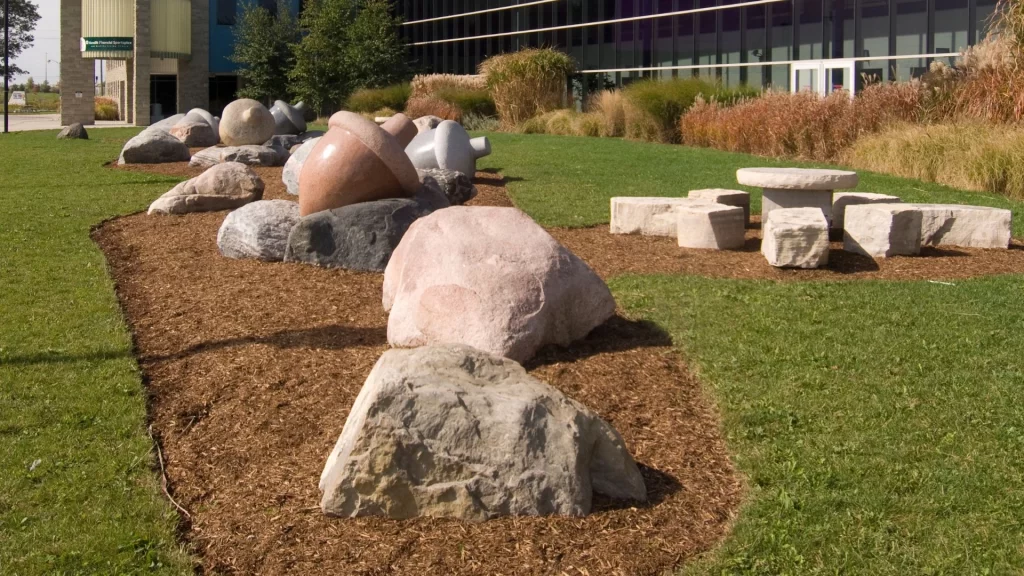
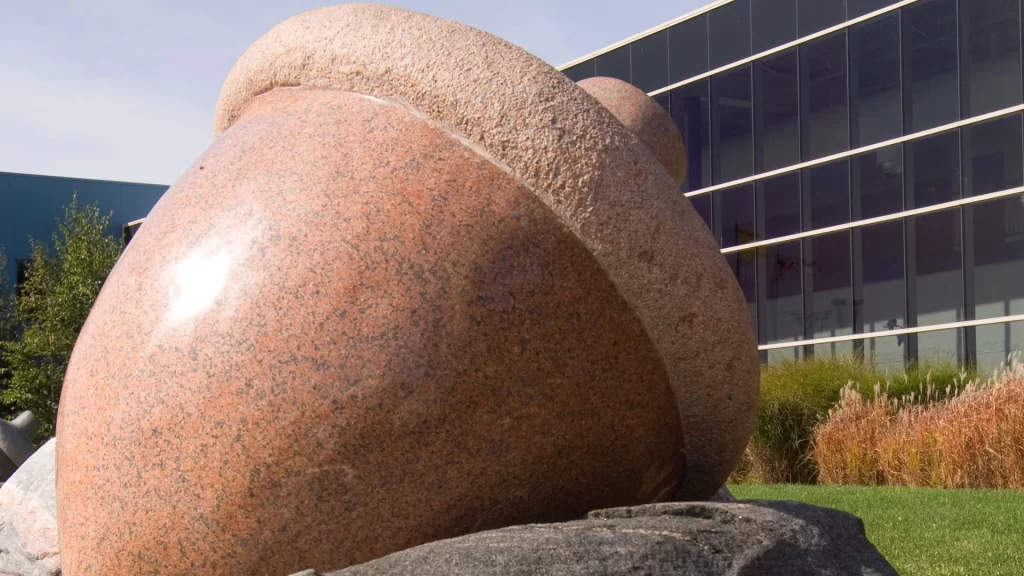

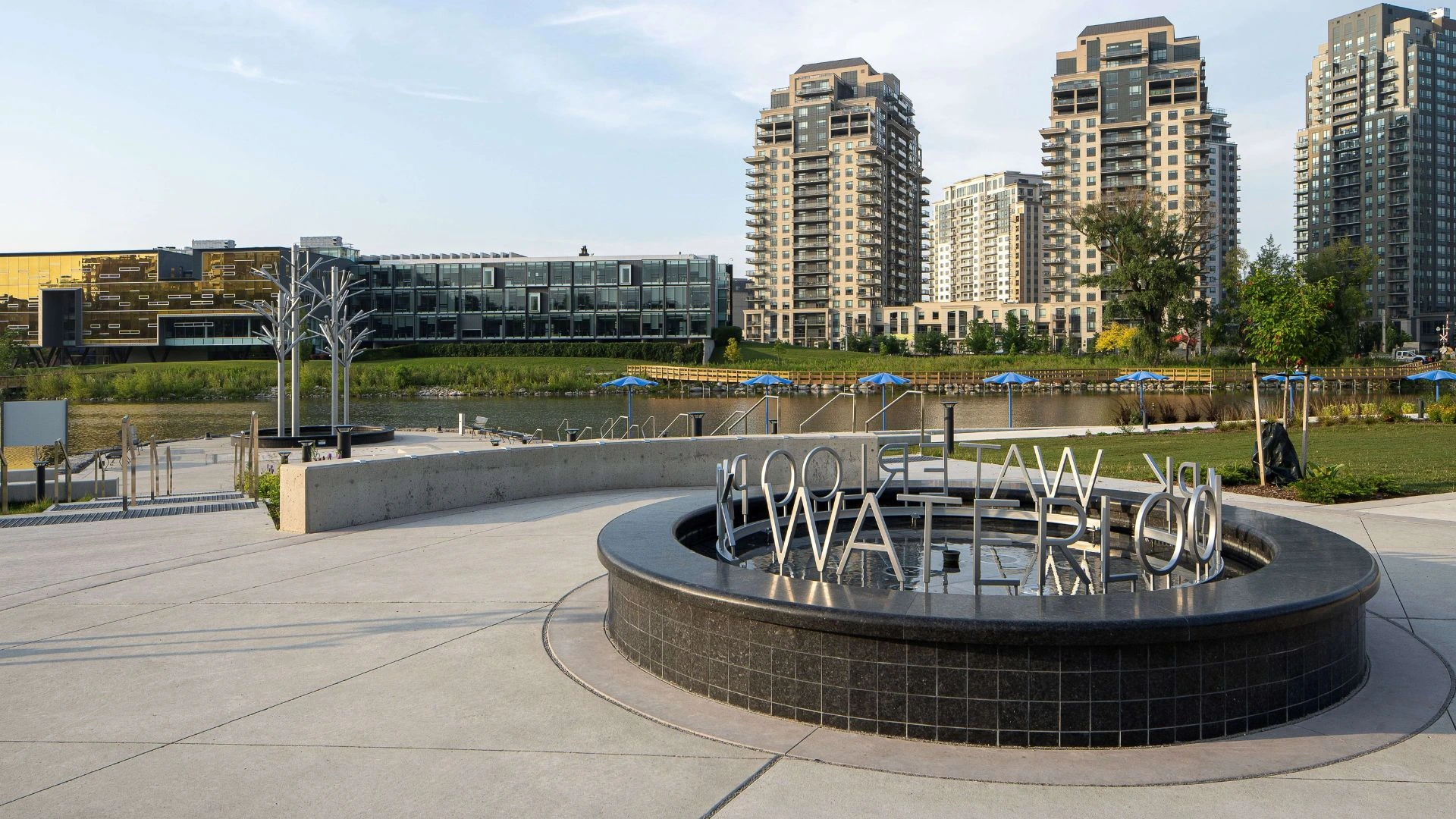

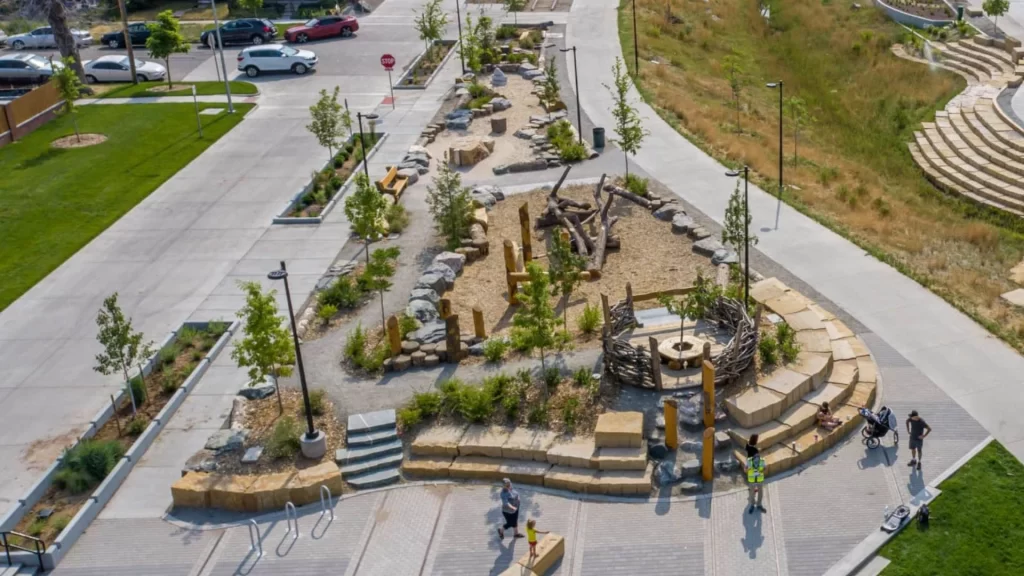
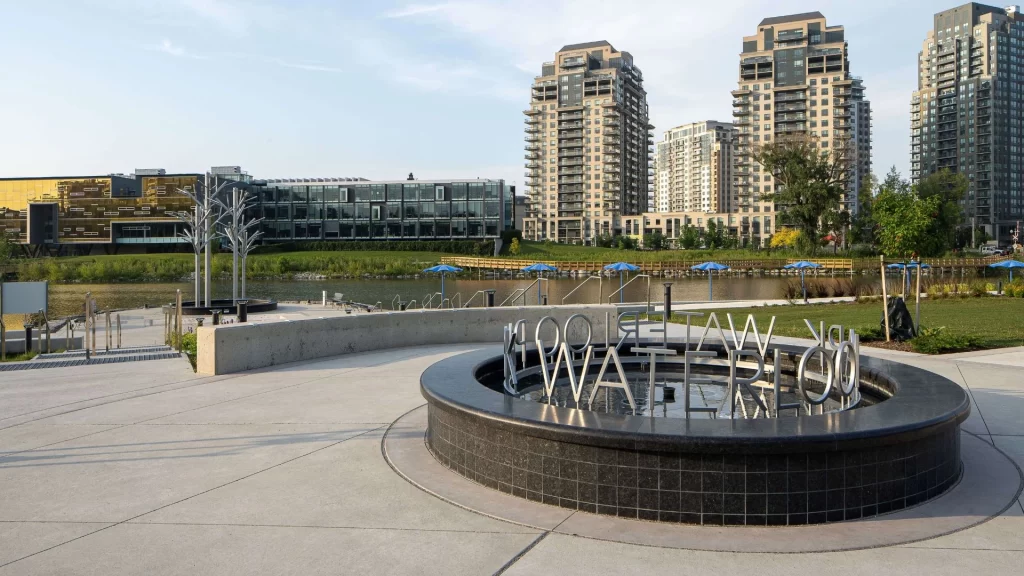
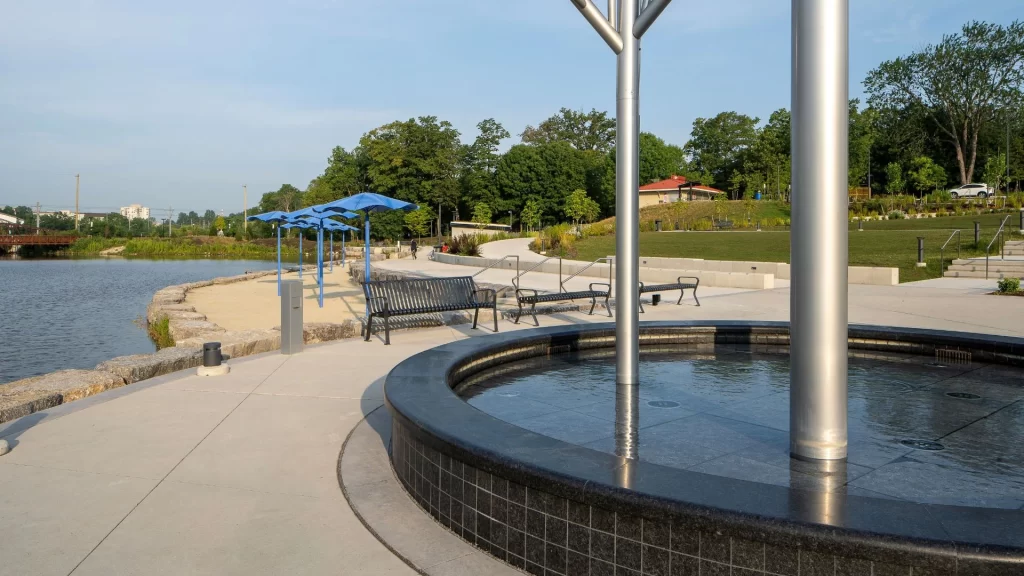
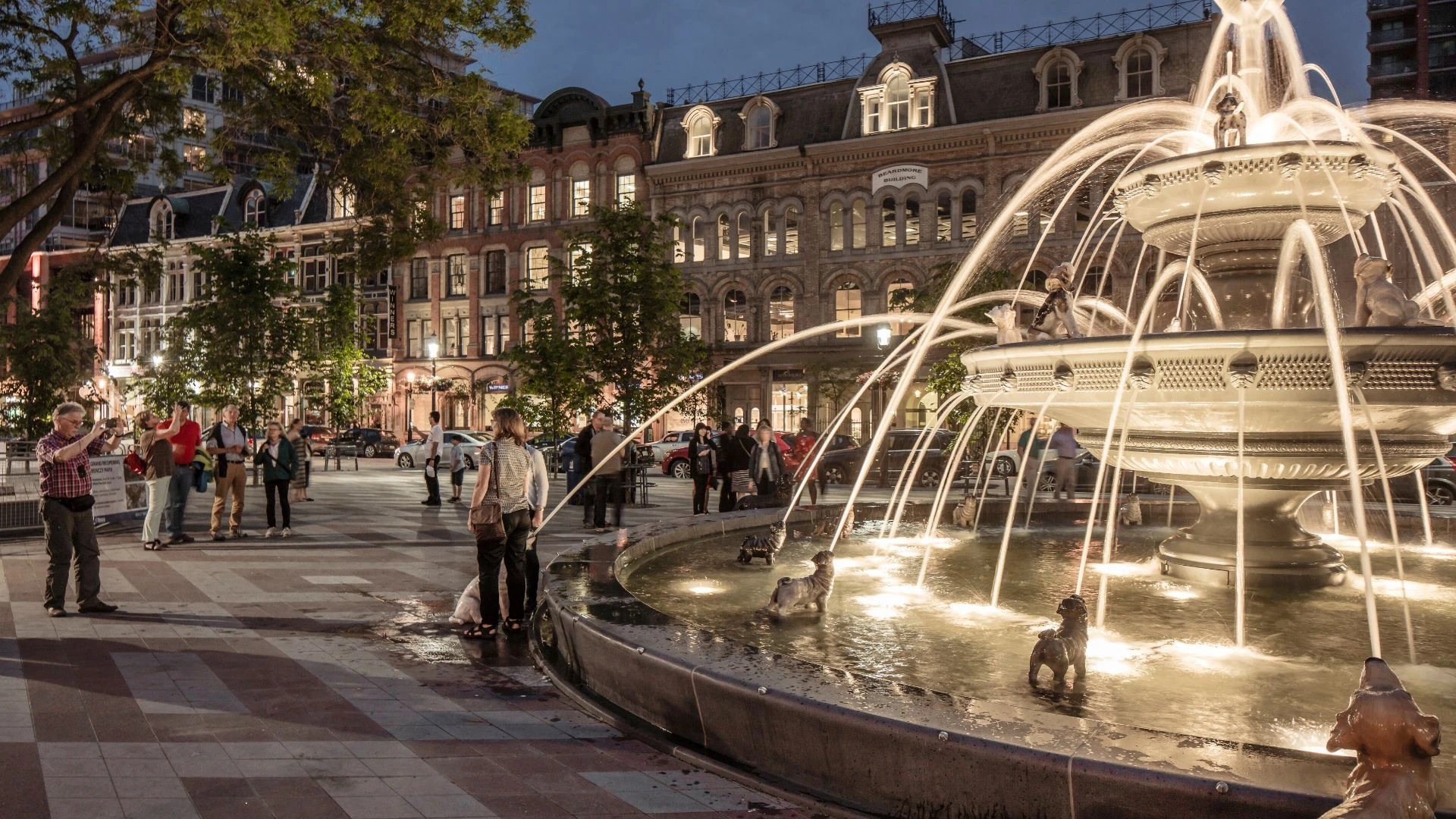
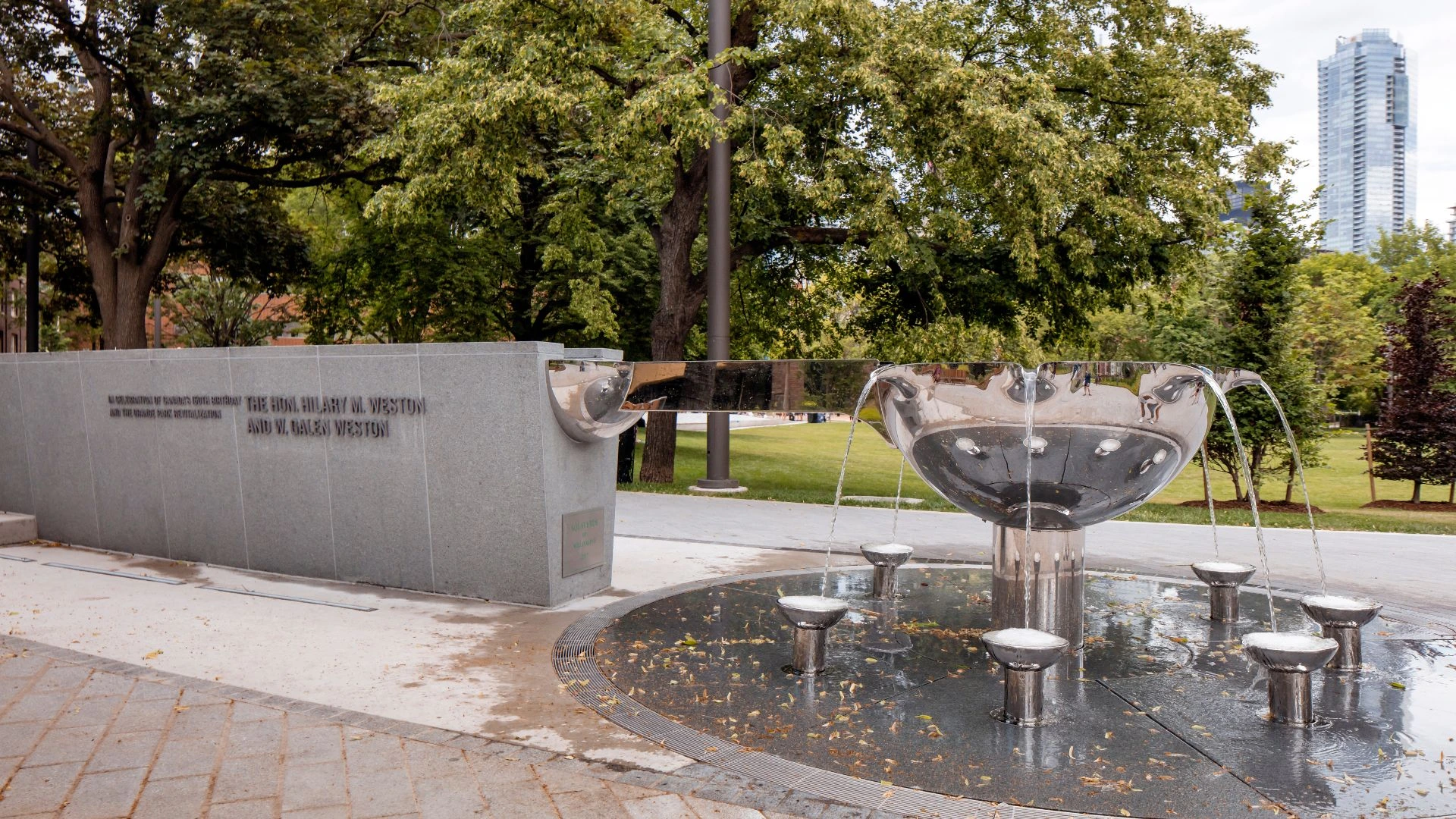
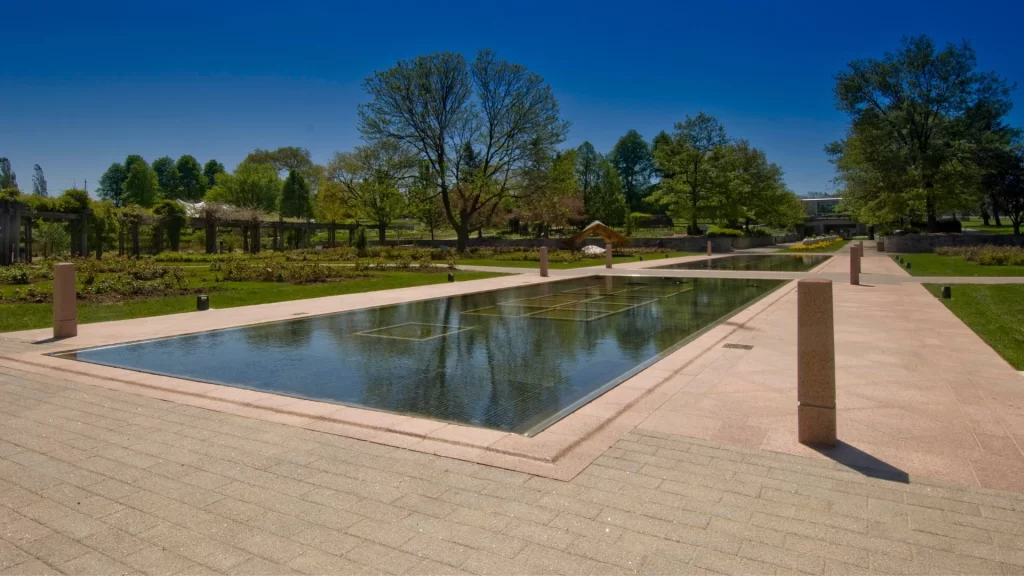
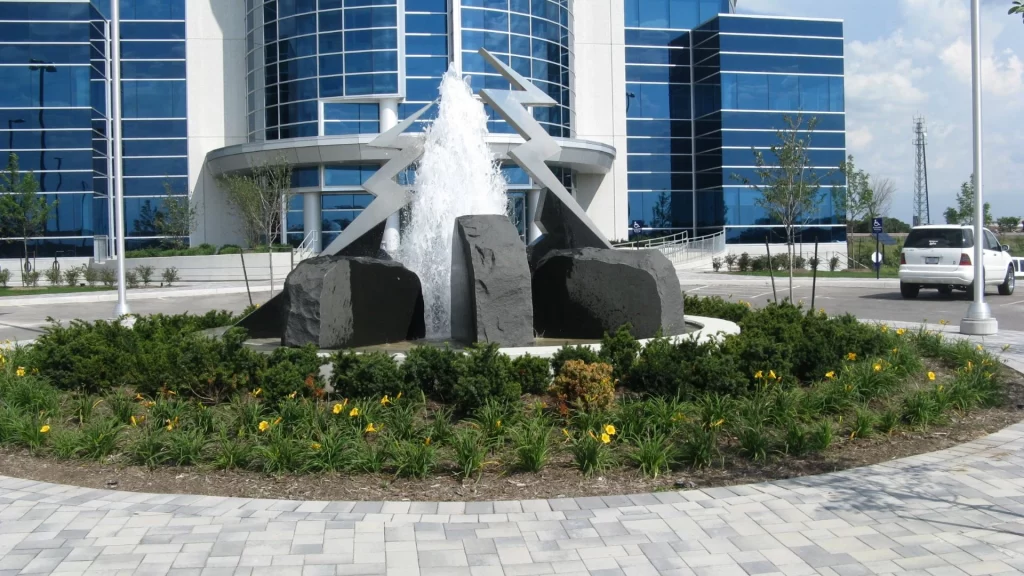
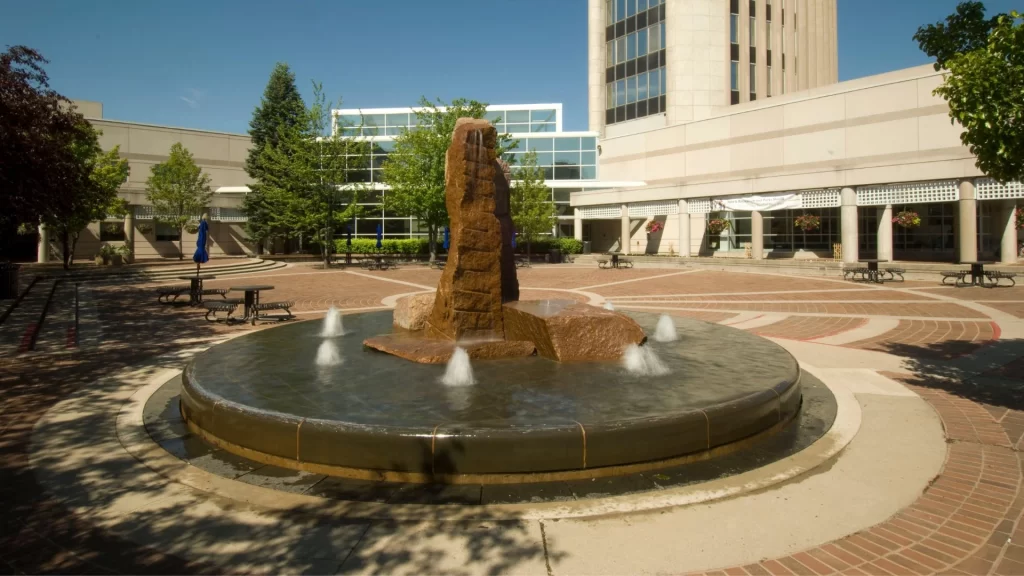
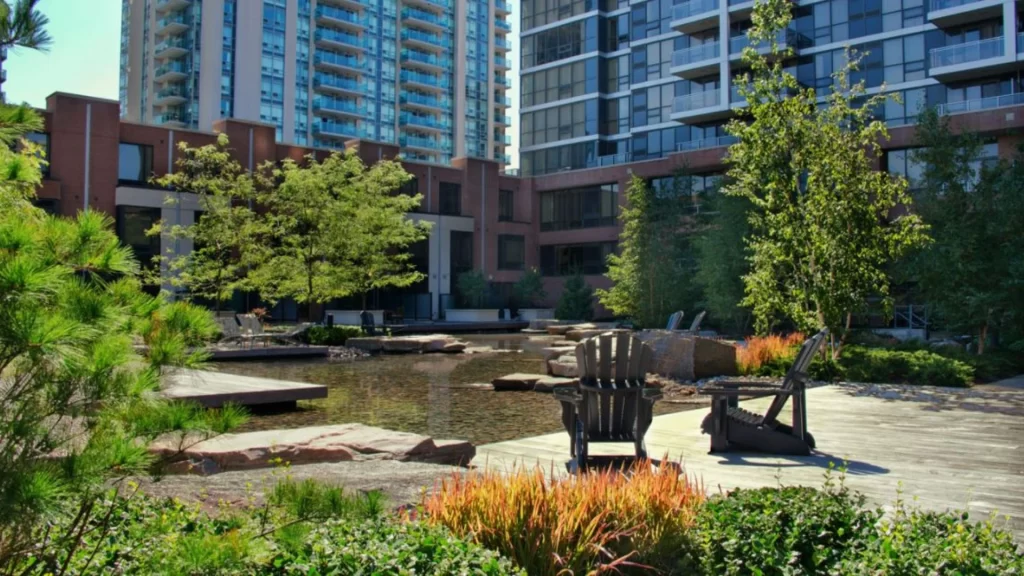
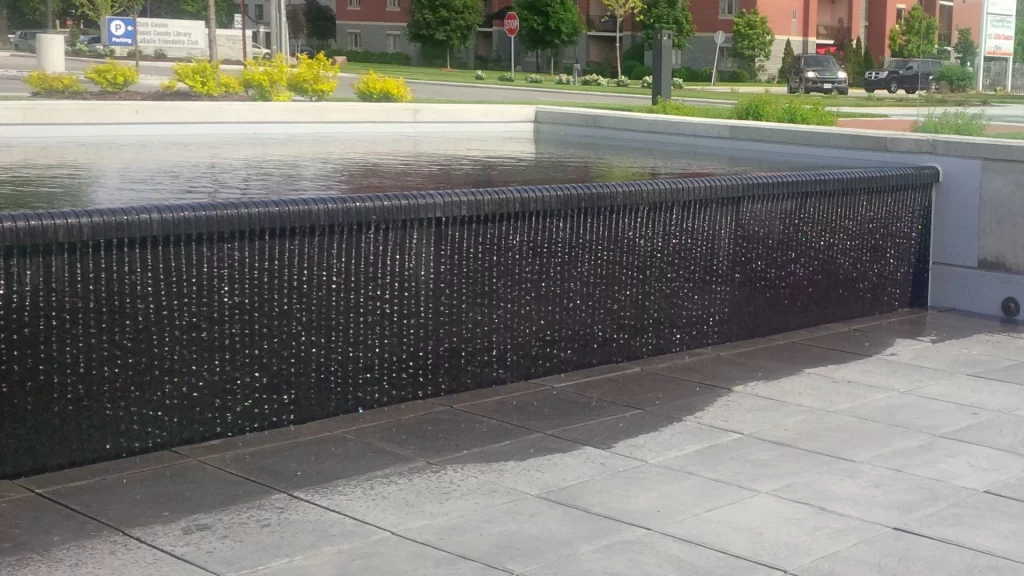

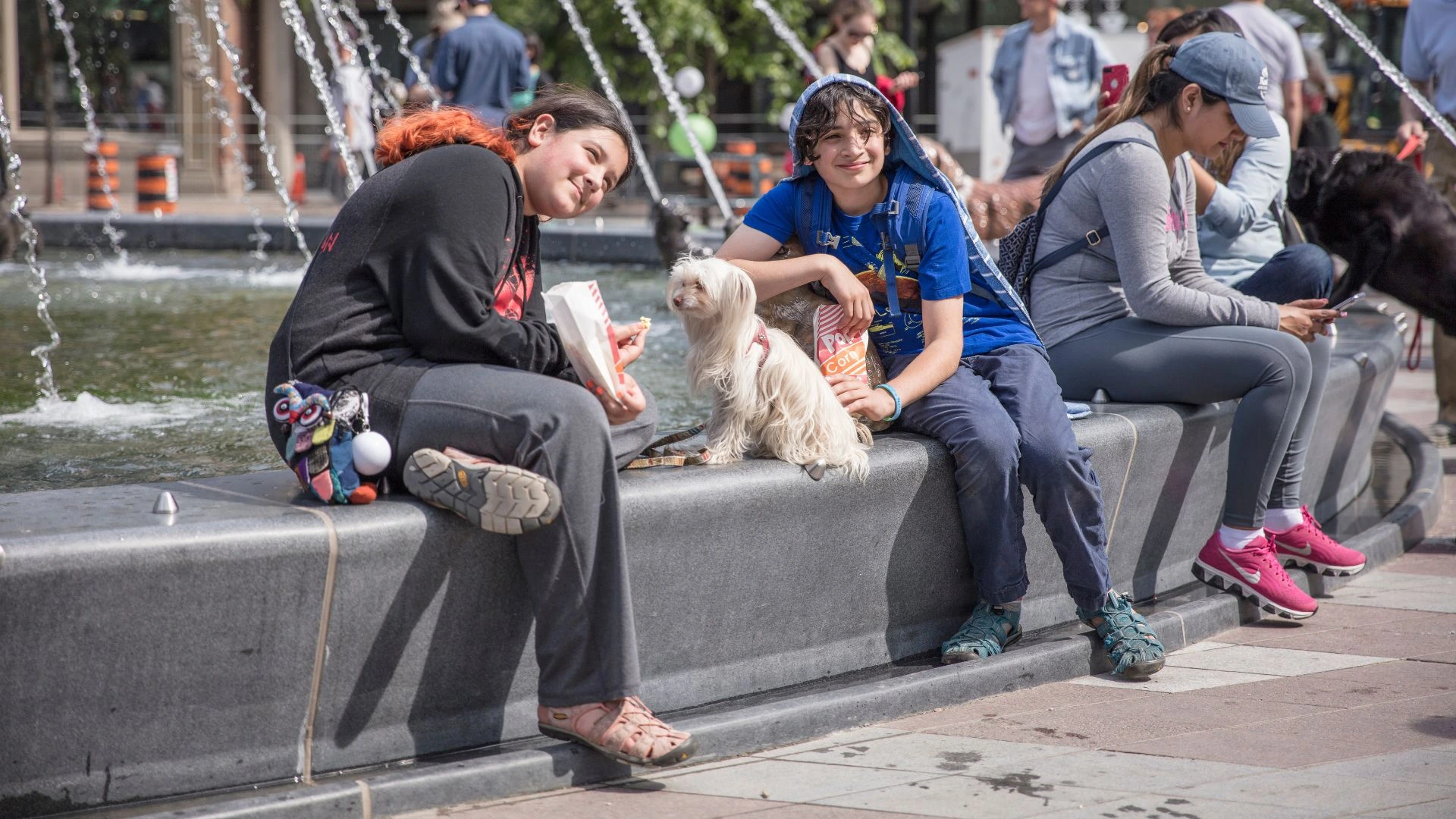


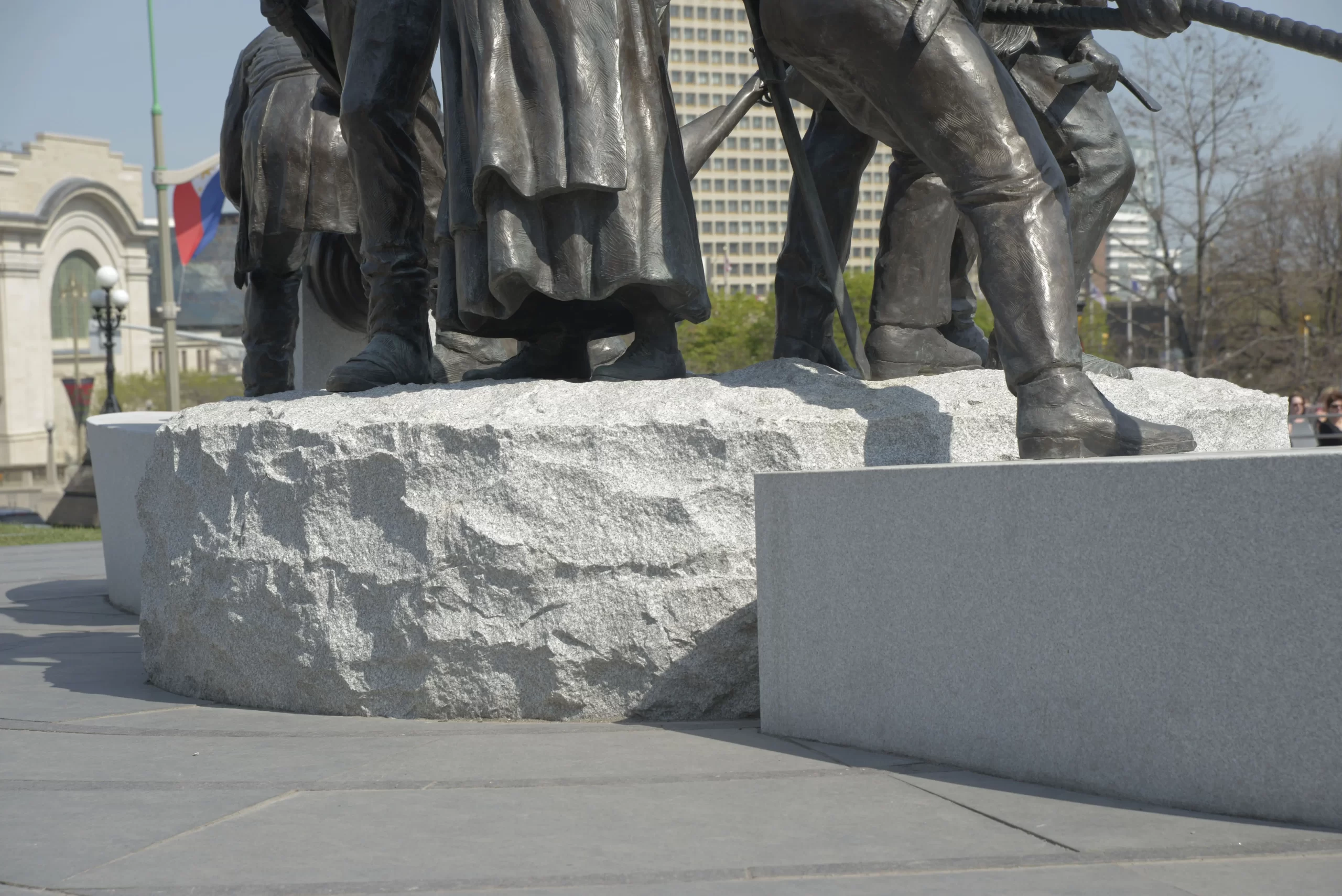
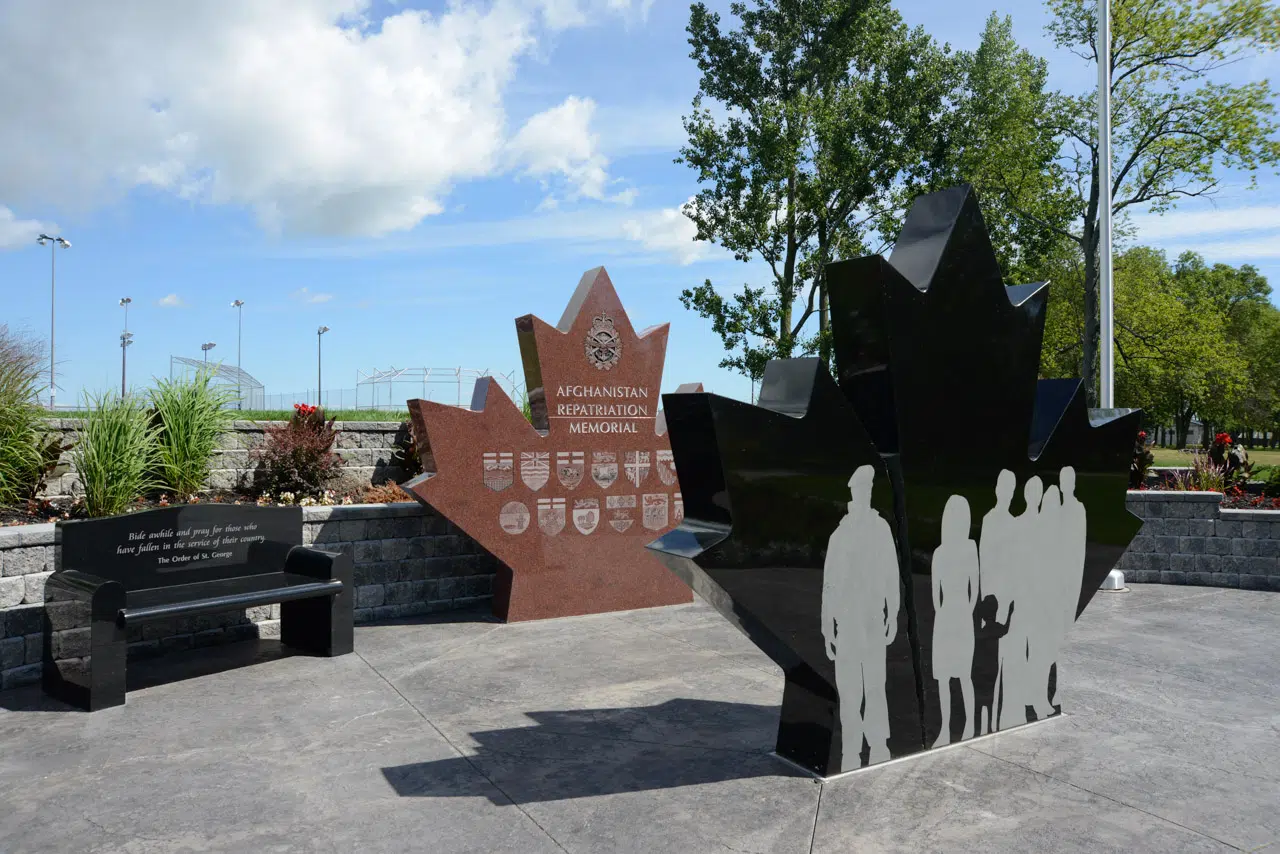



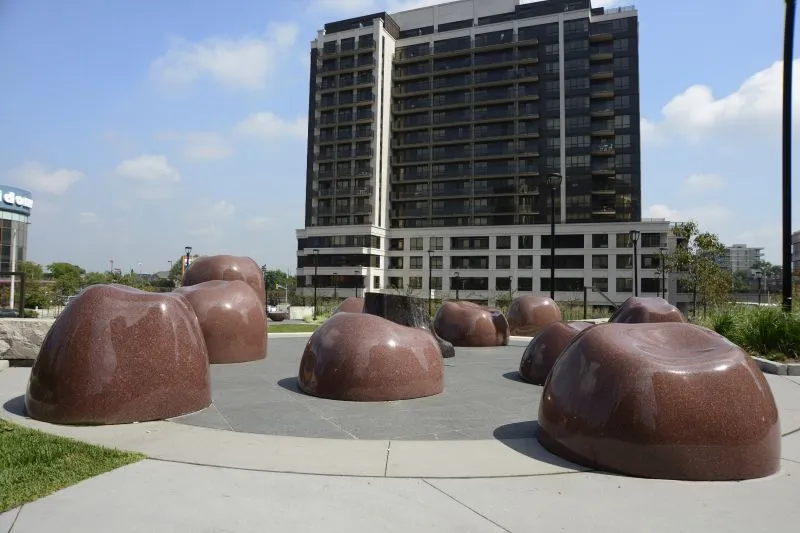
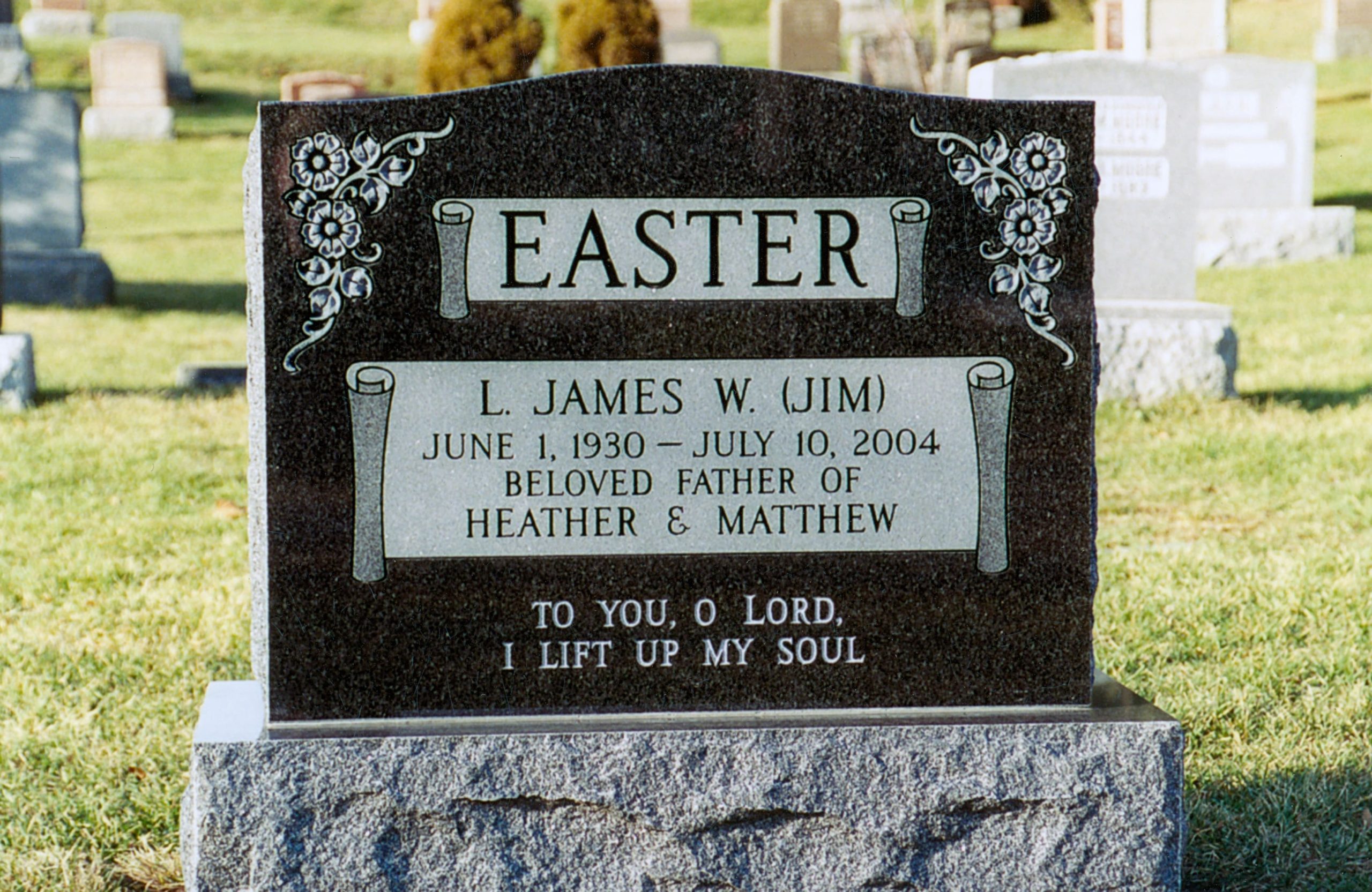
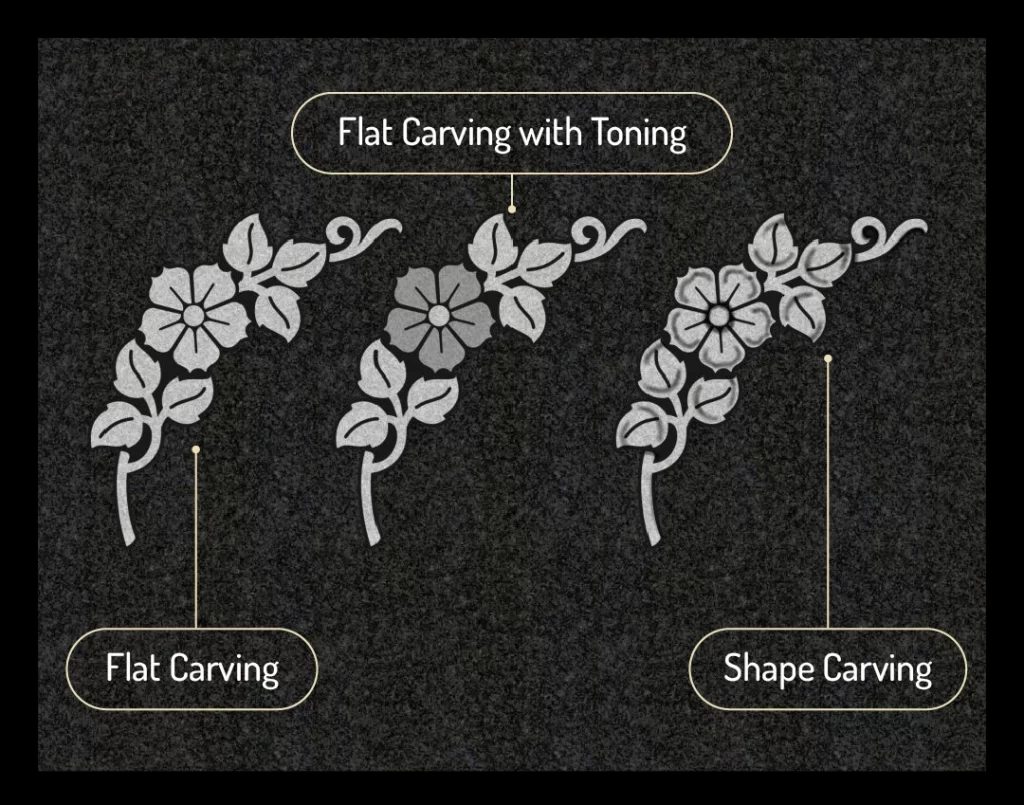
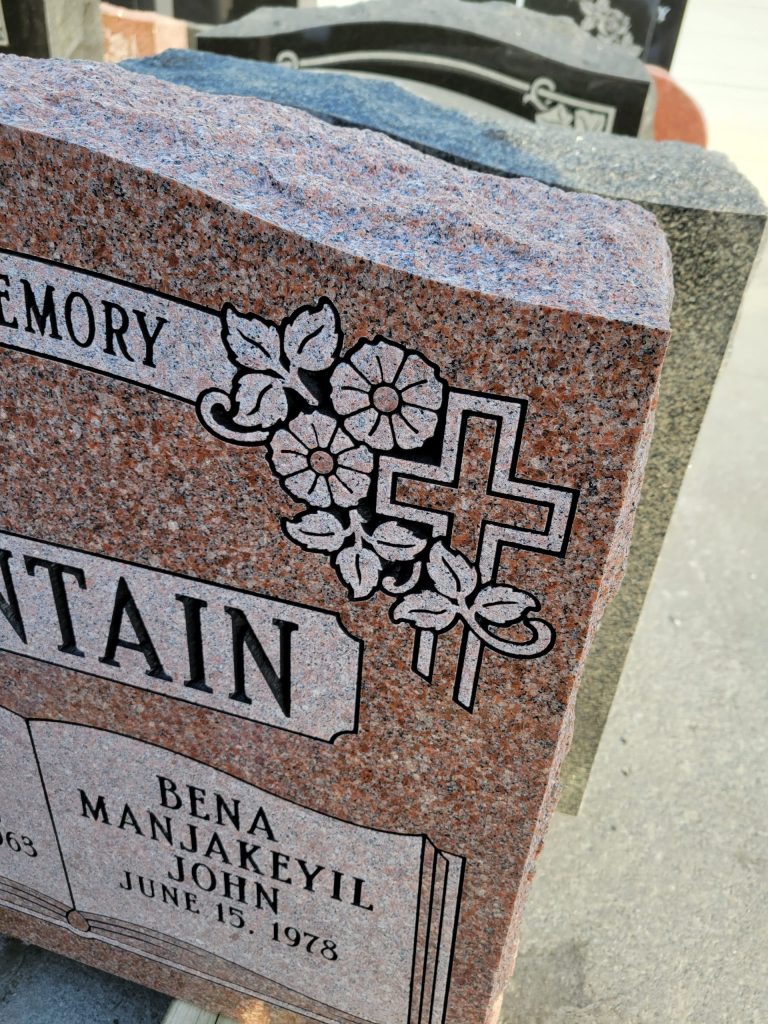
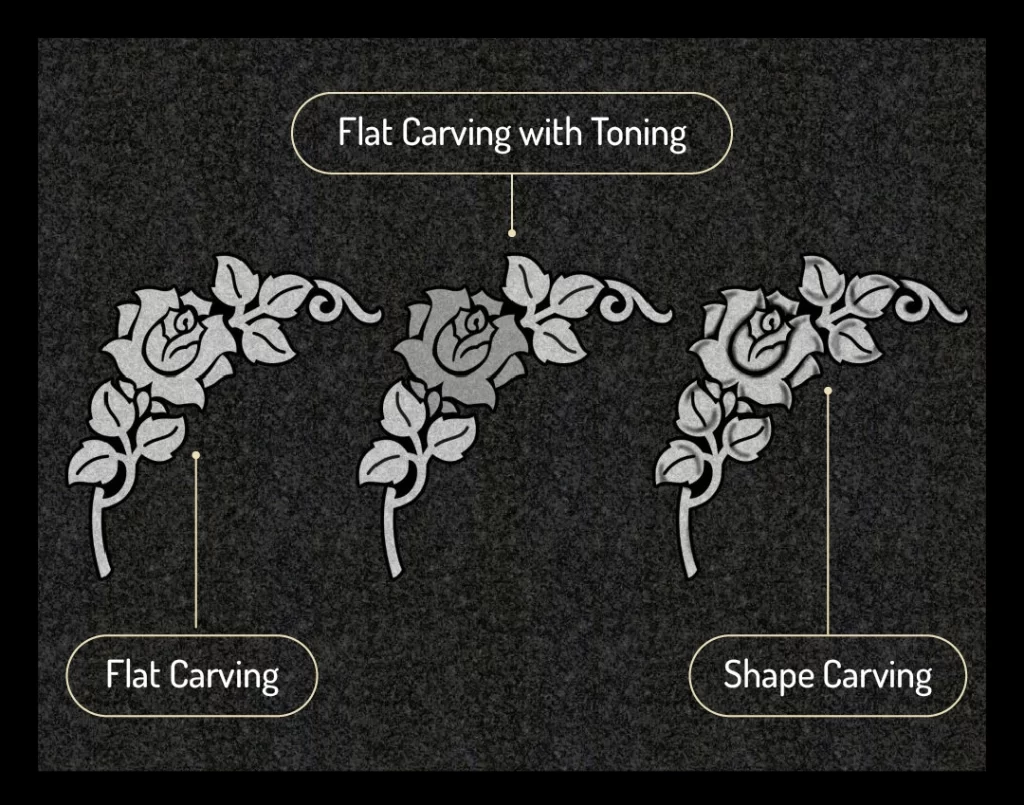
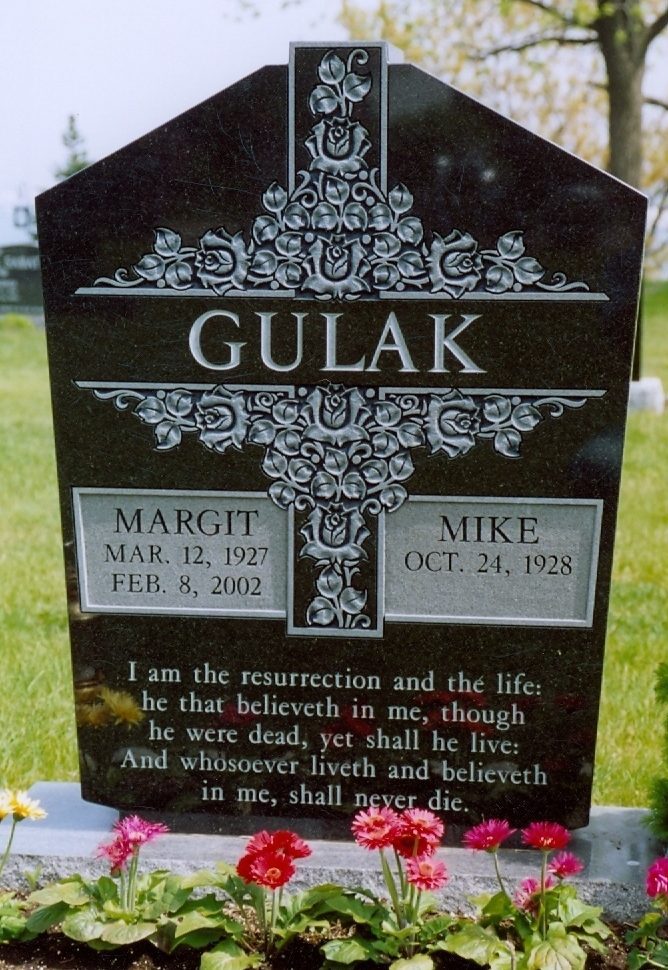
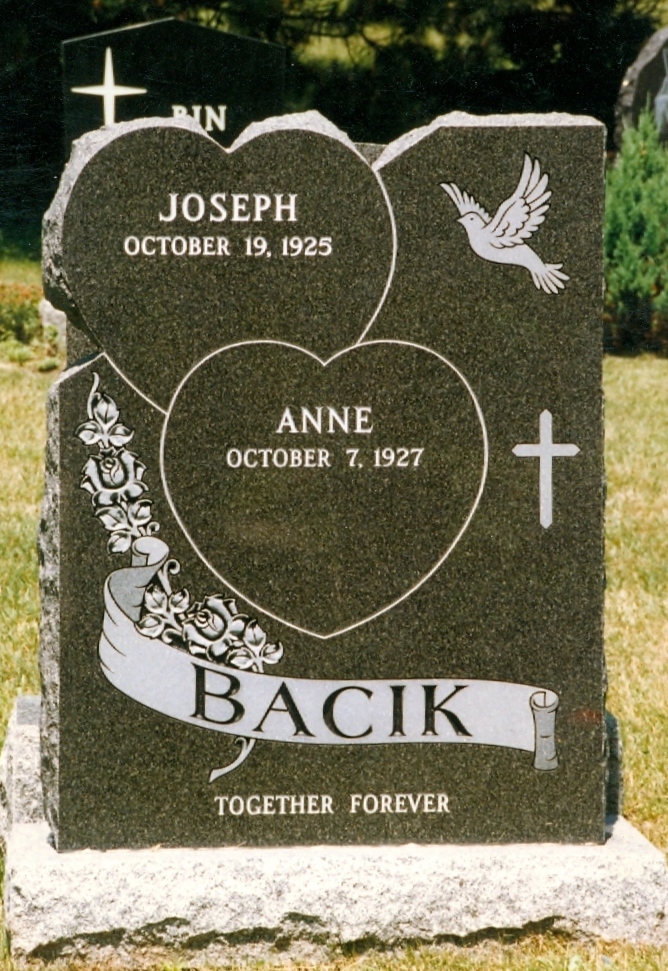
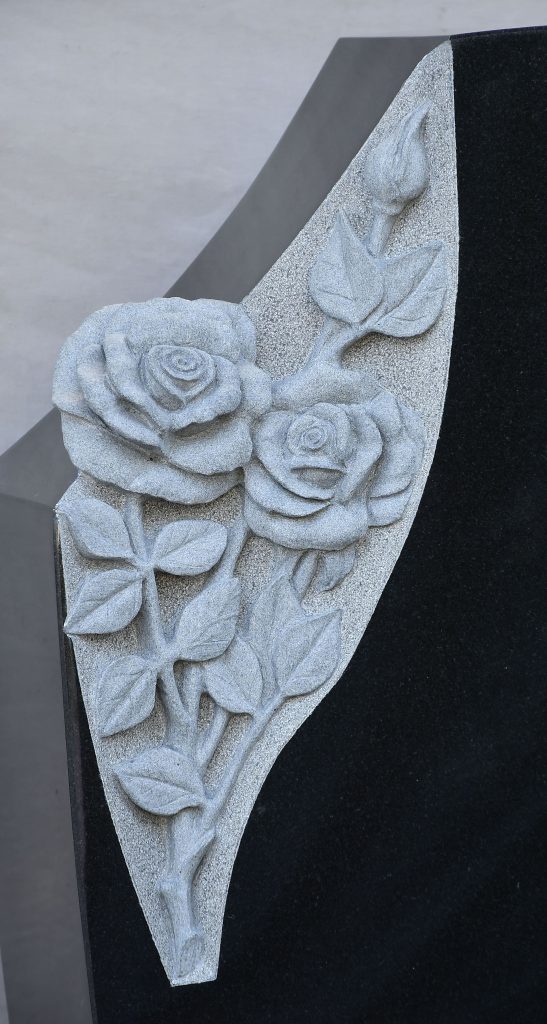
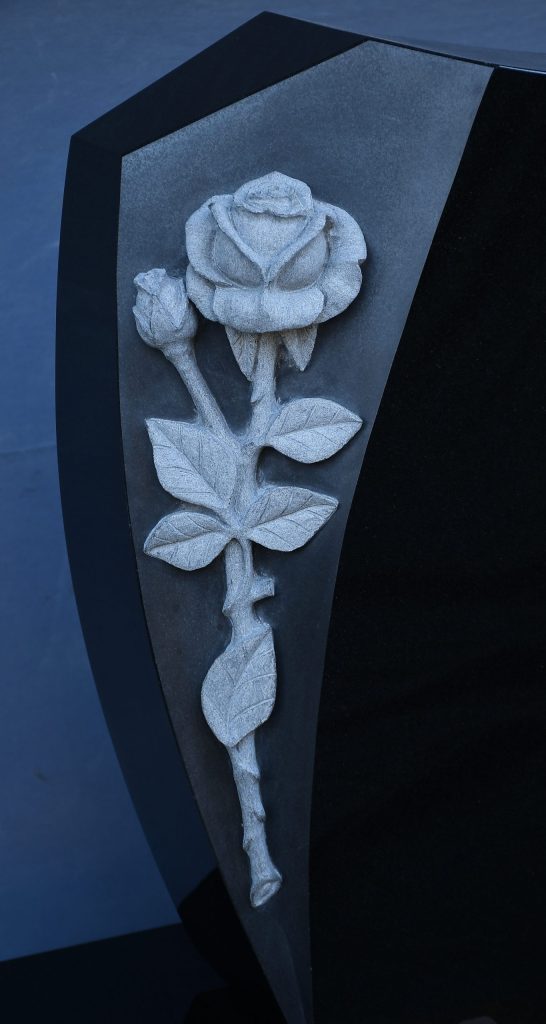
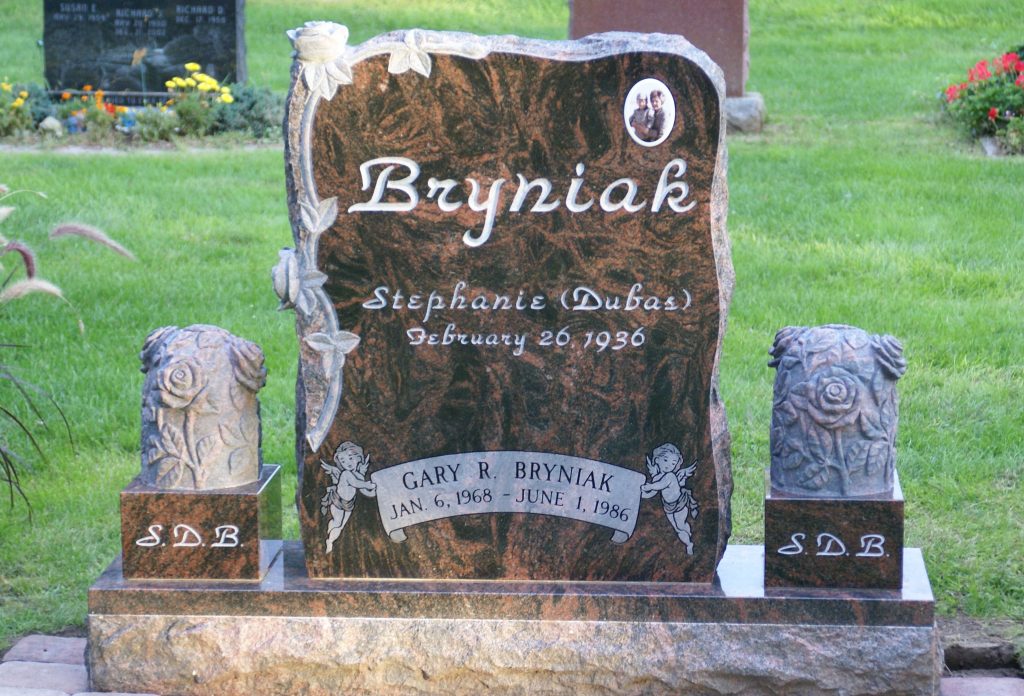
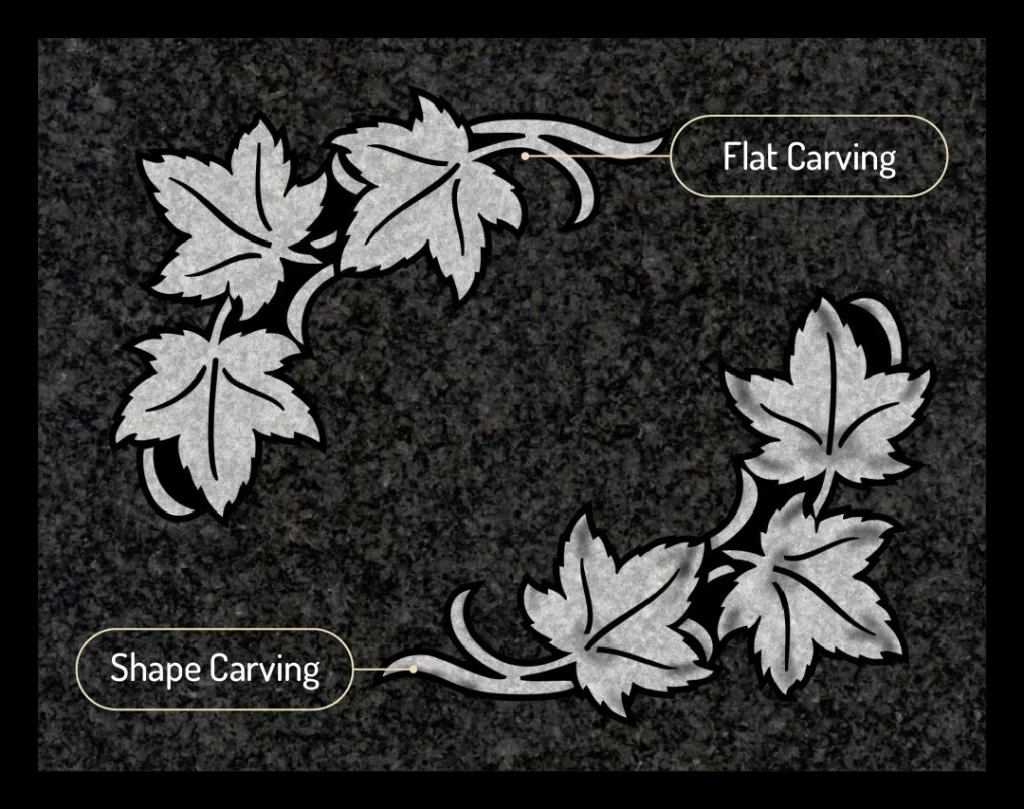
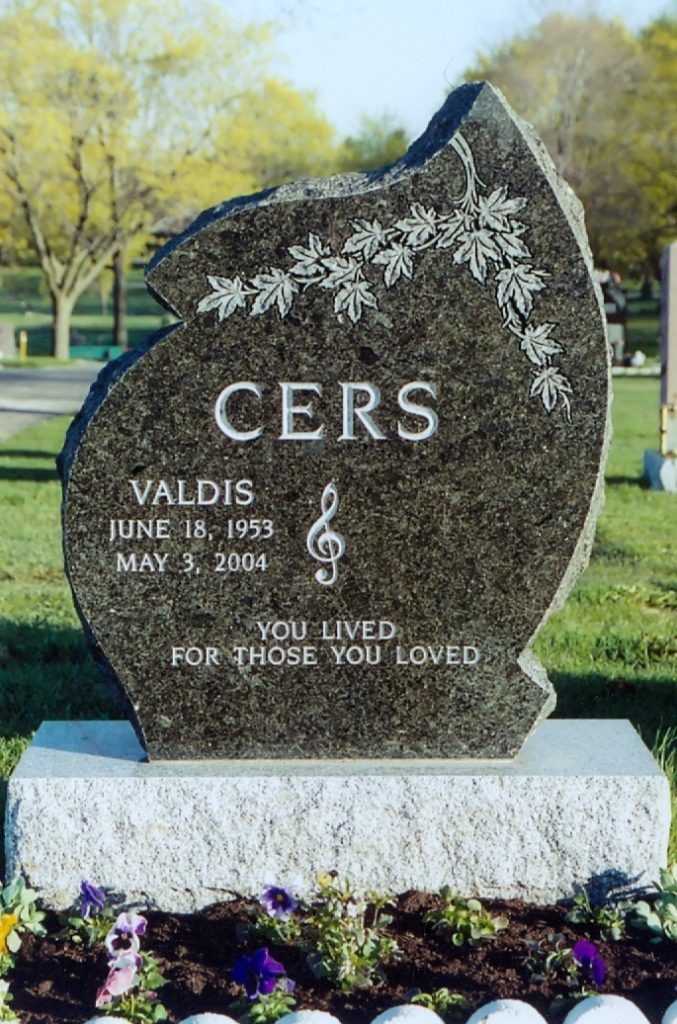

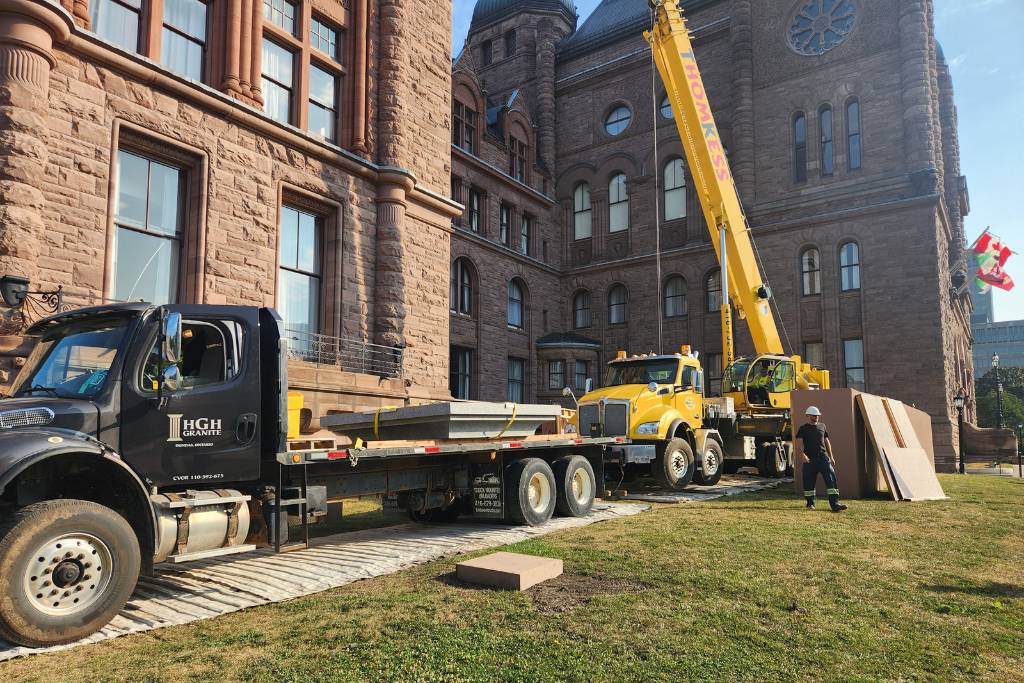

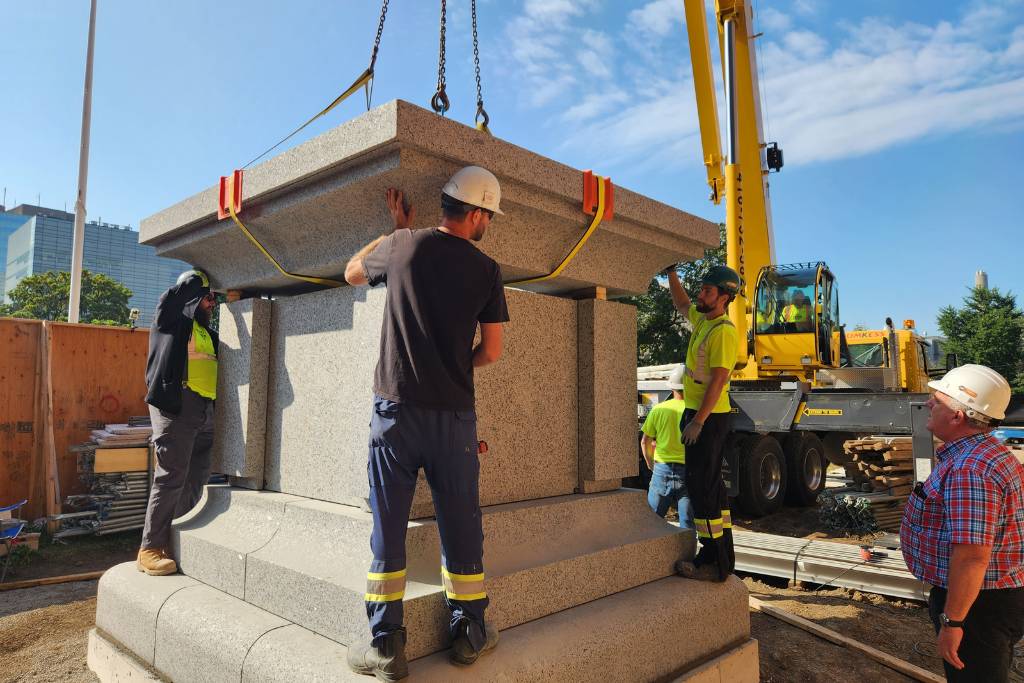
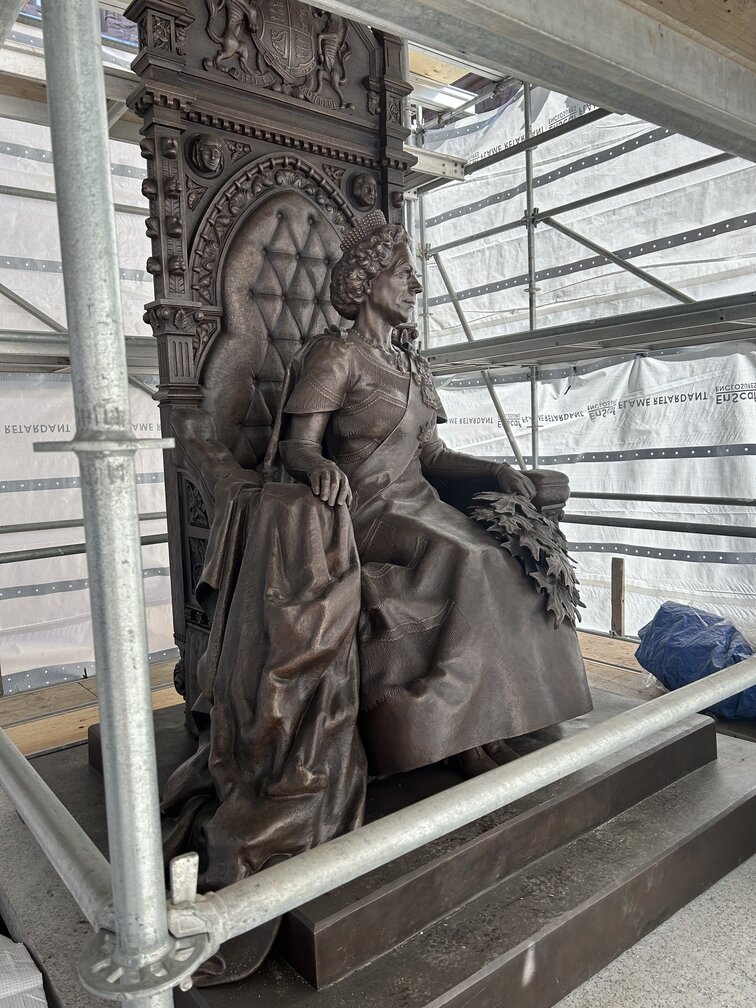
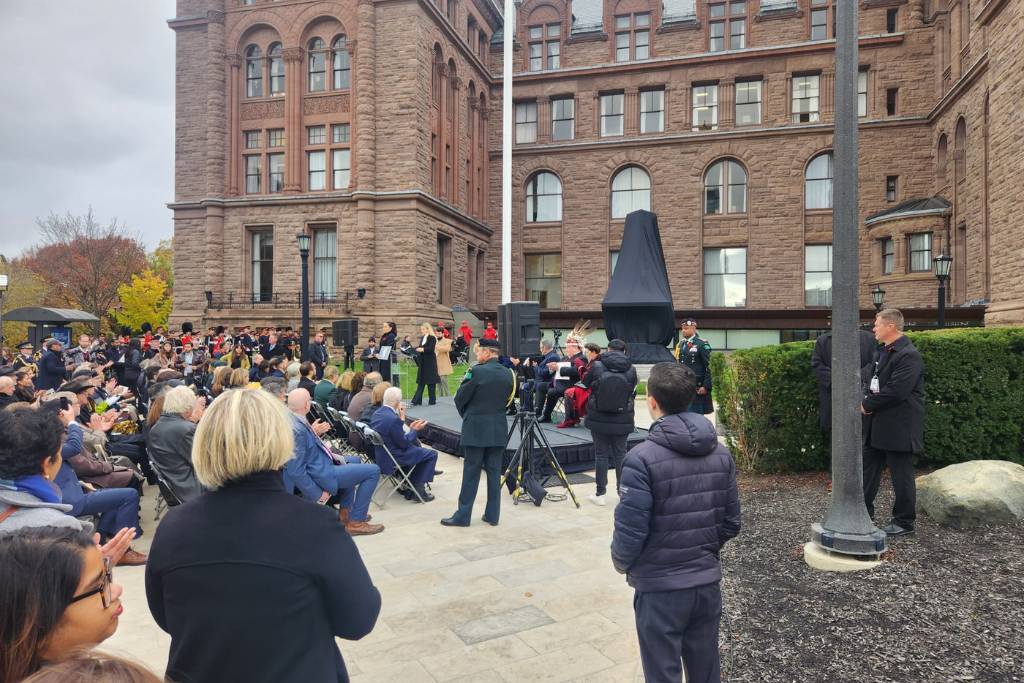
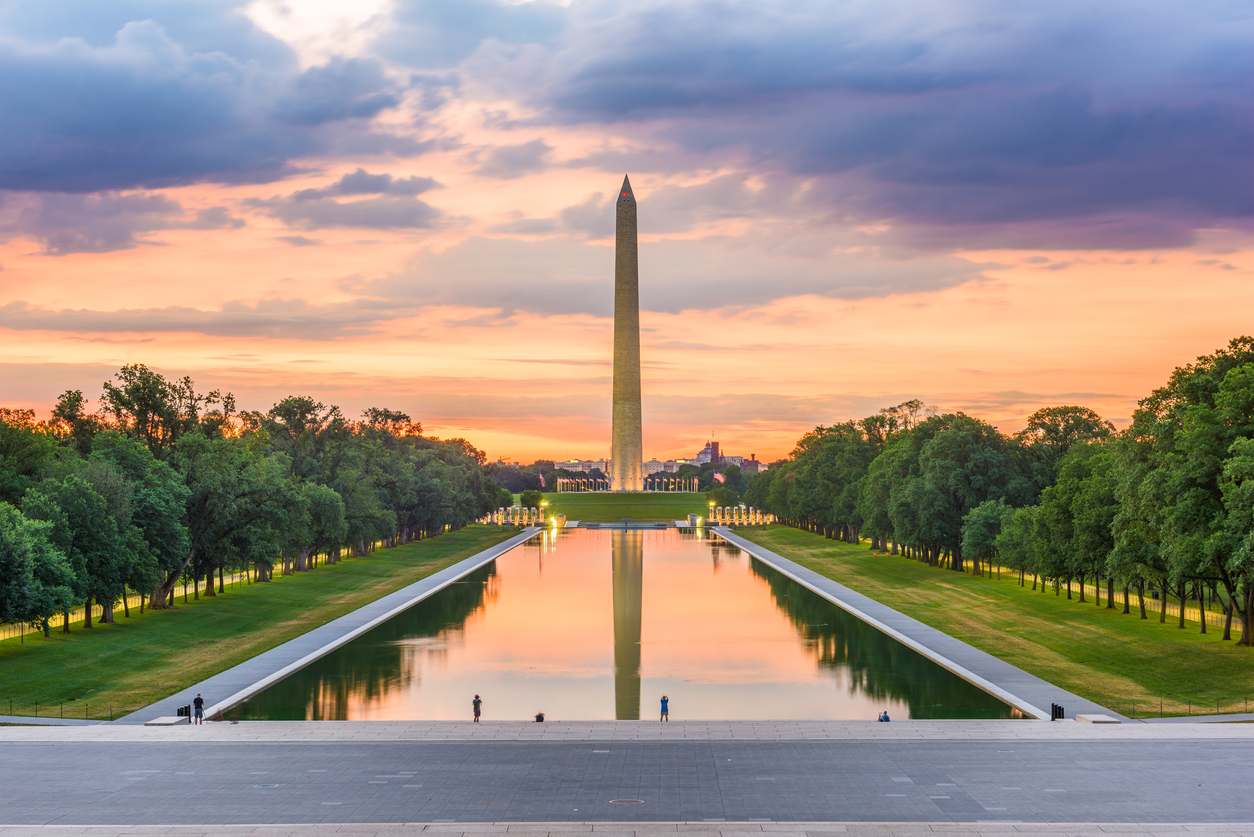


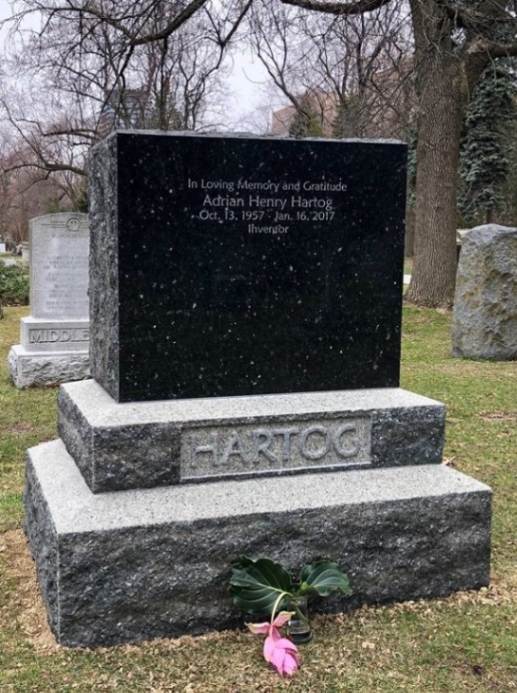
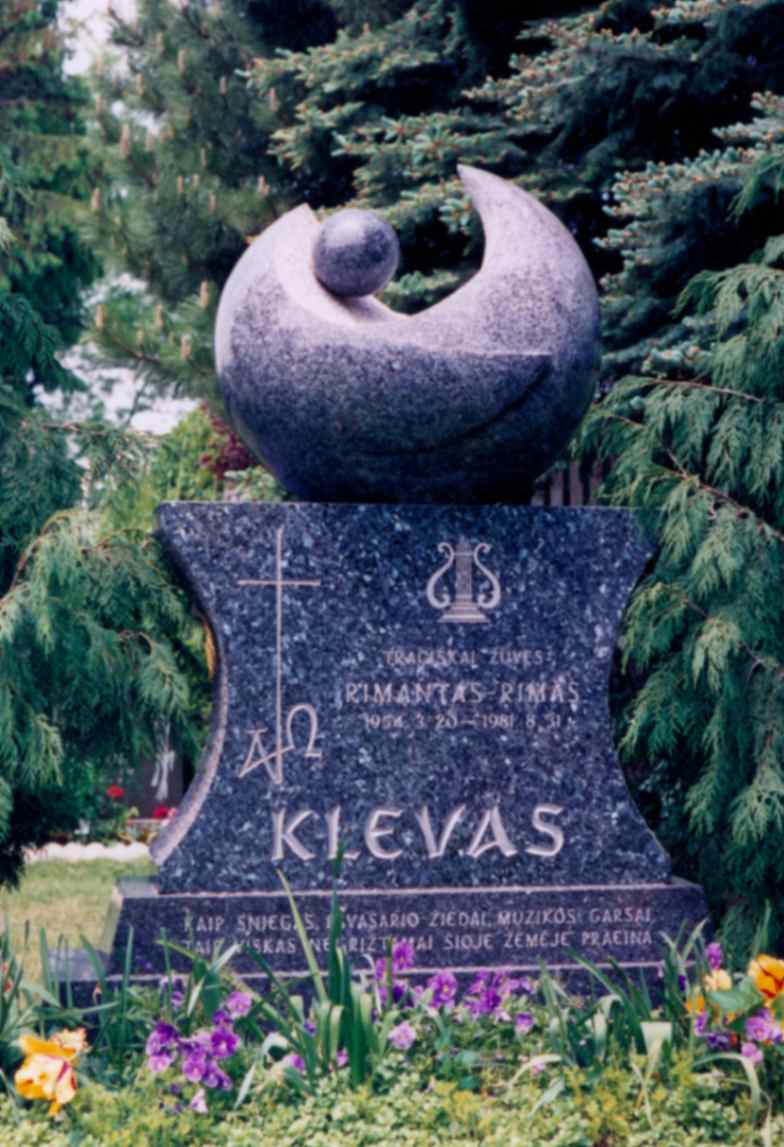
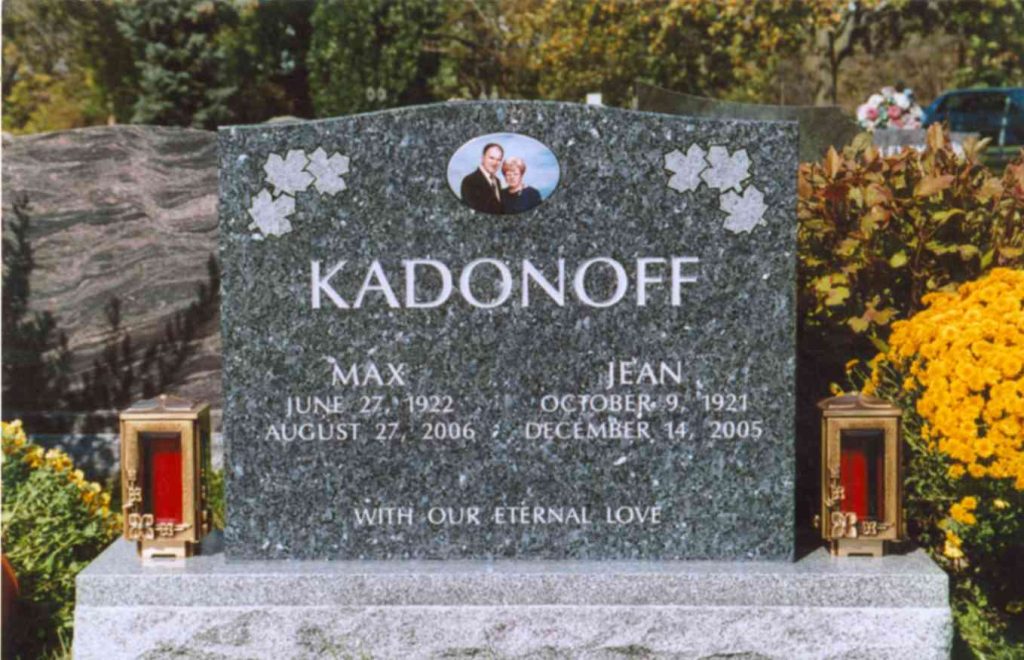



 You could opt for
You could opt for 

